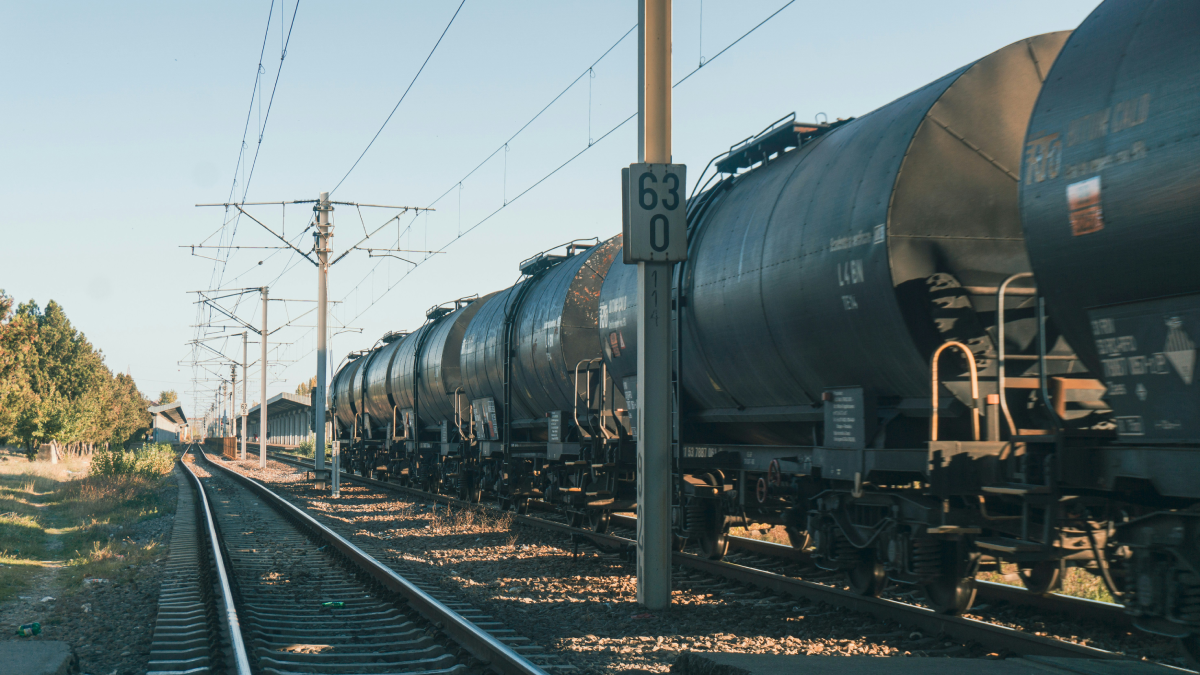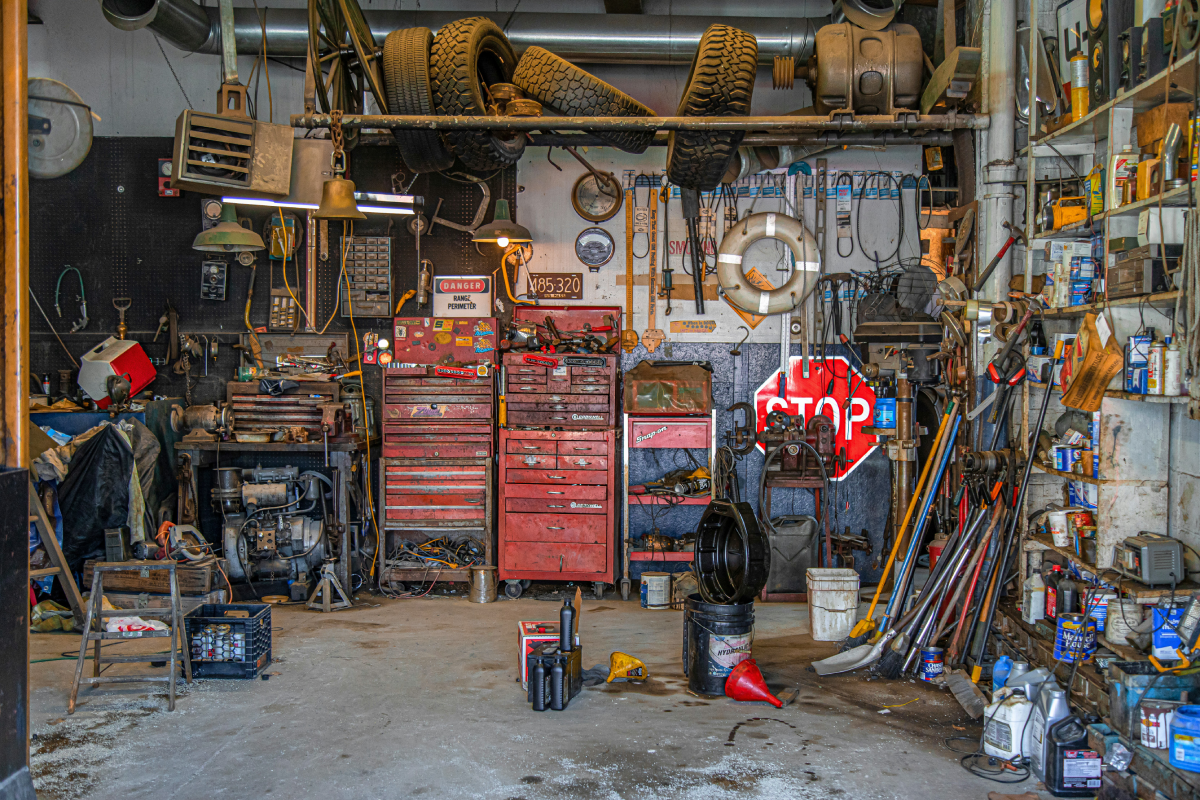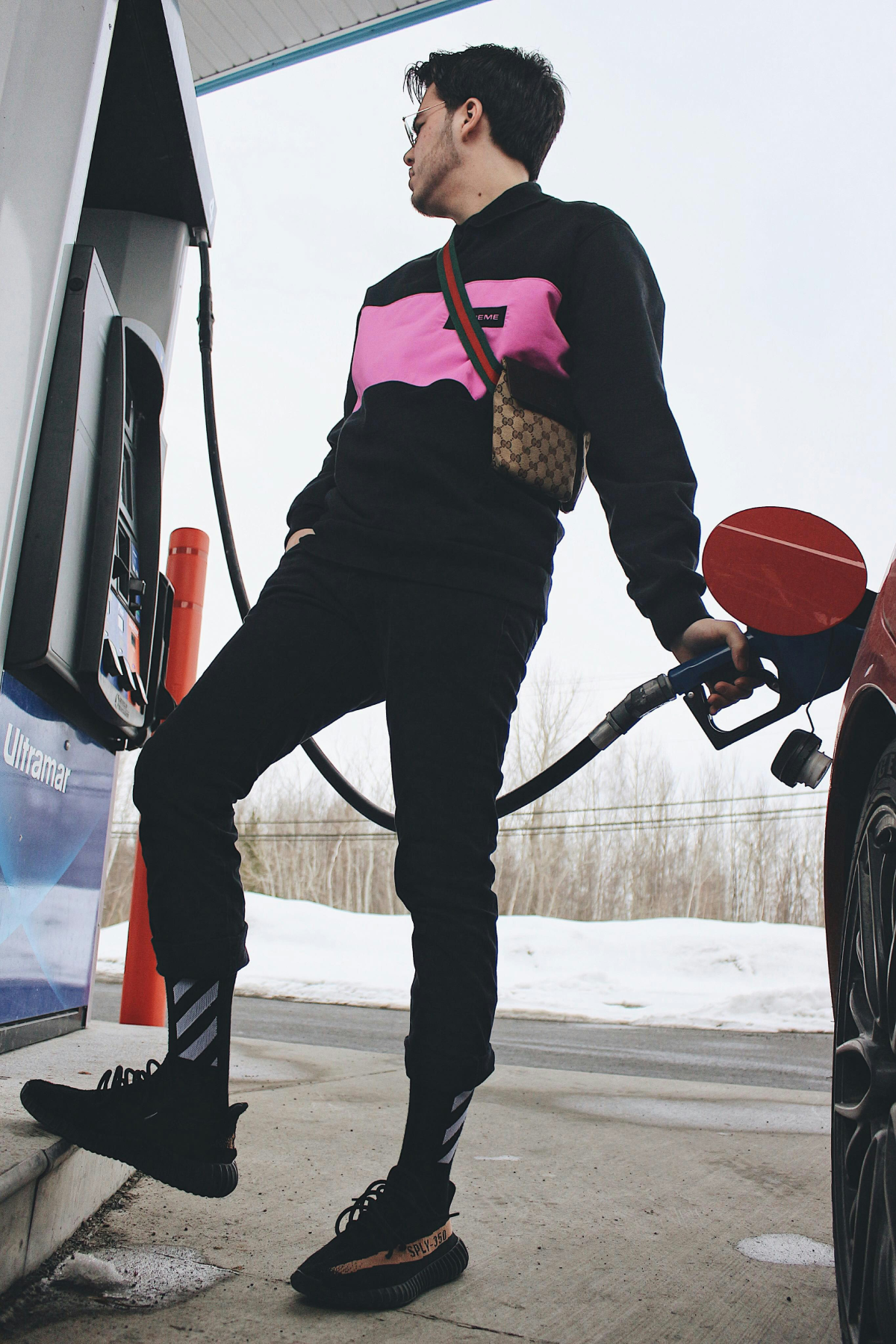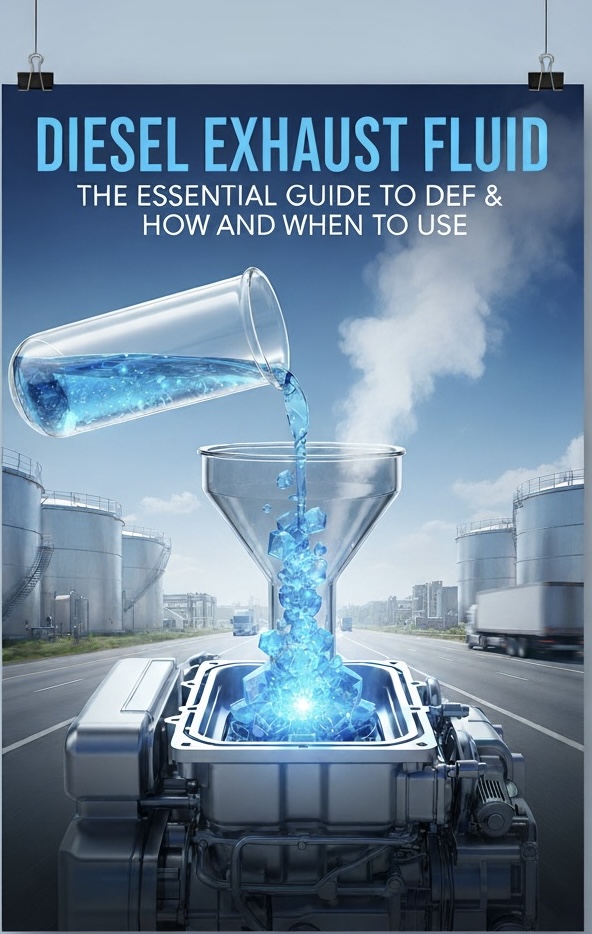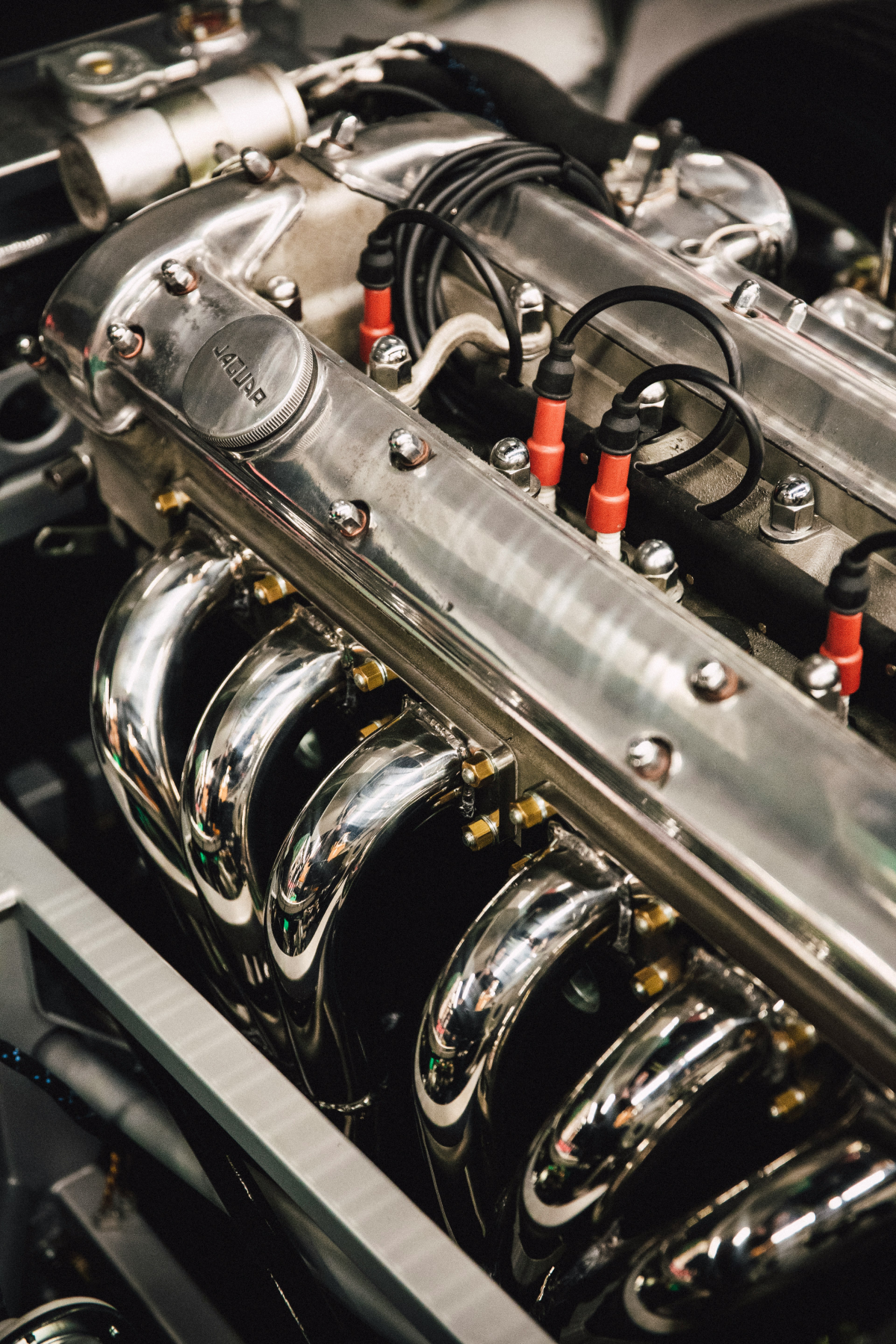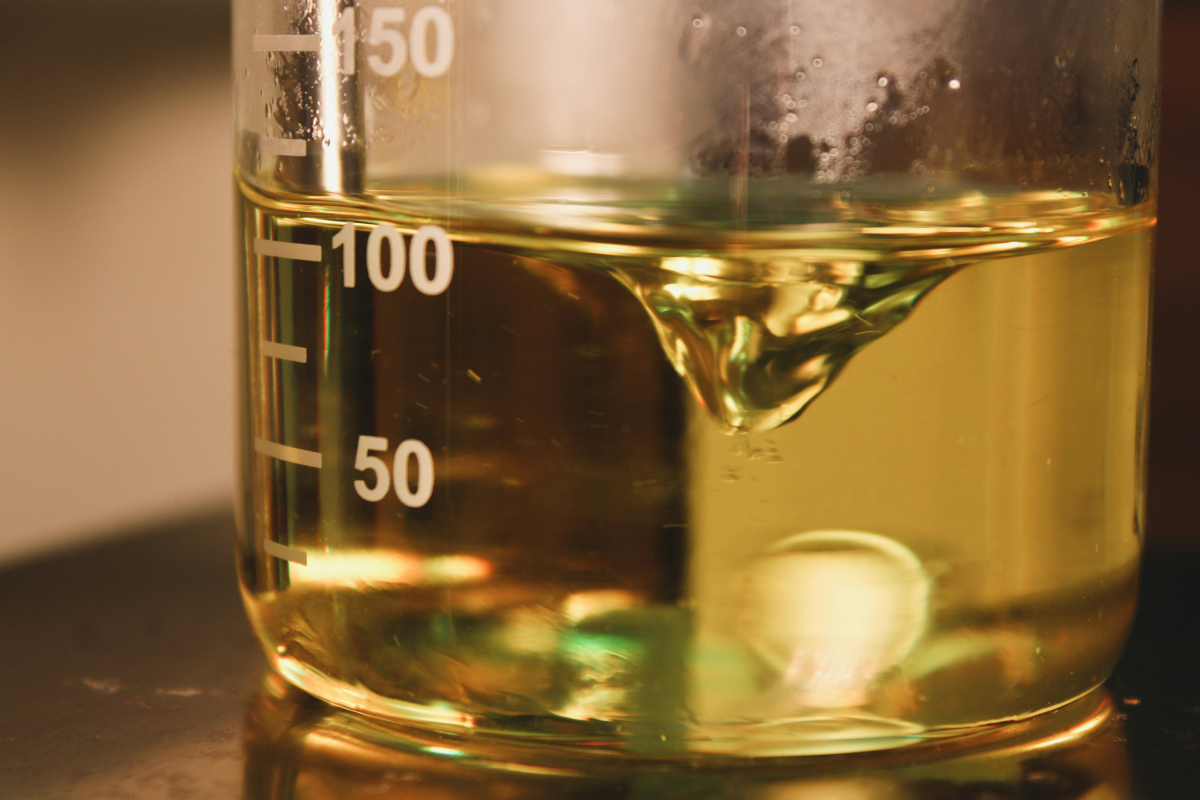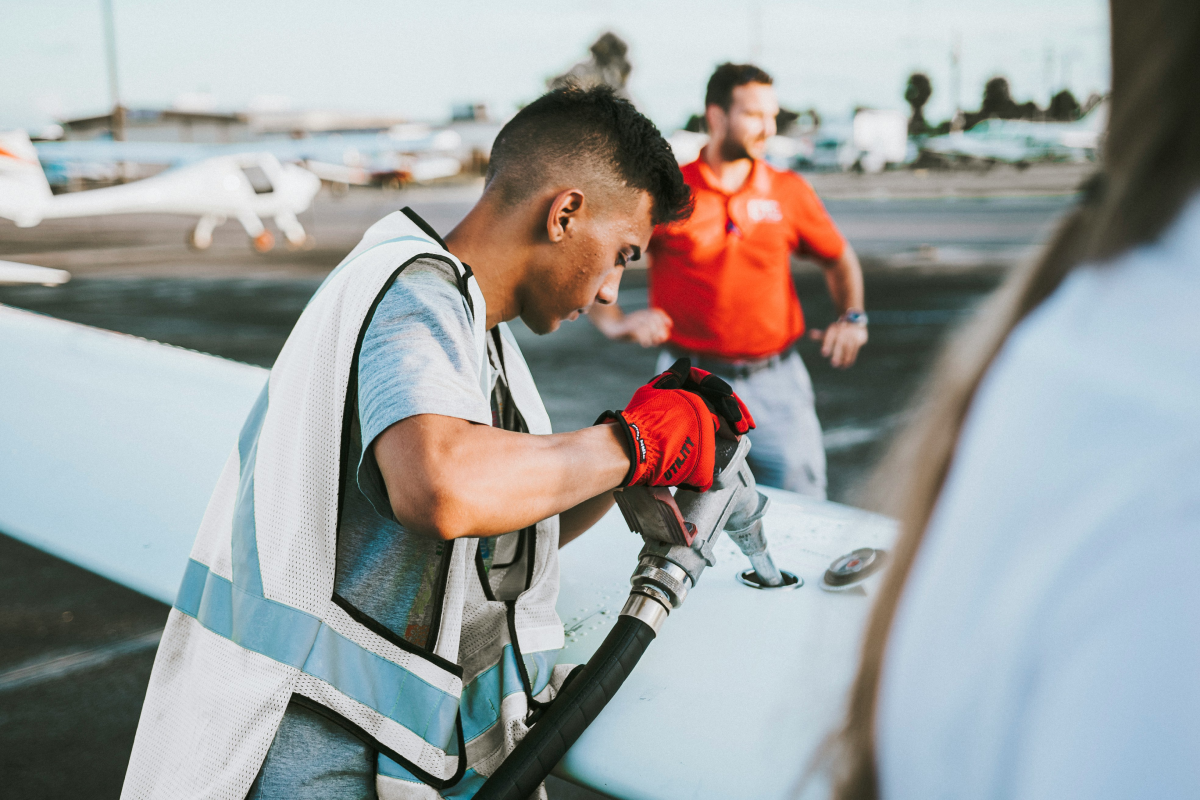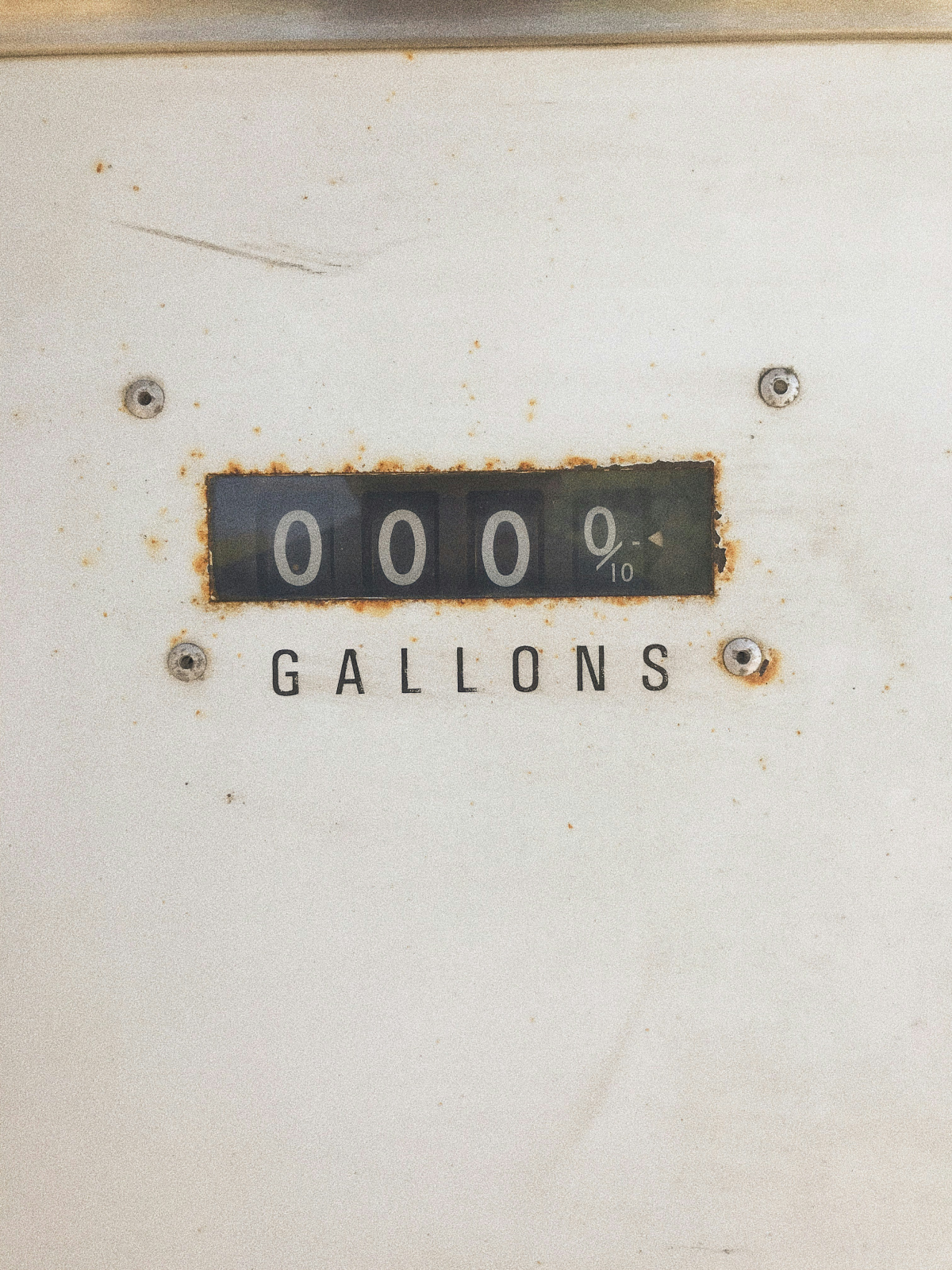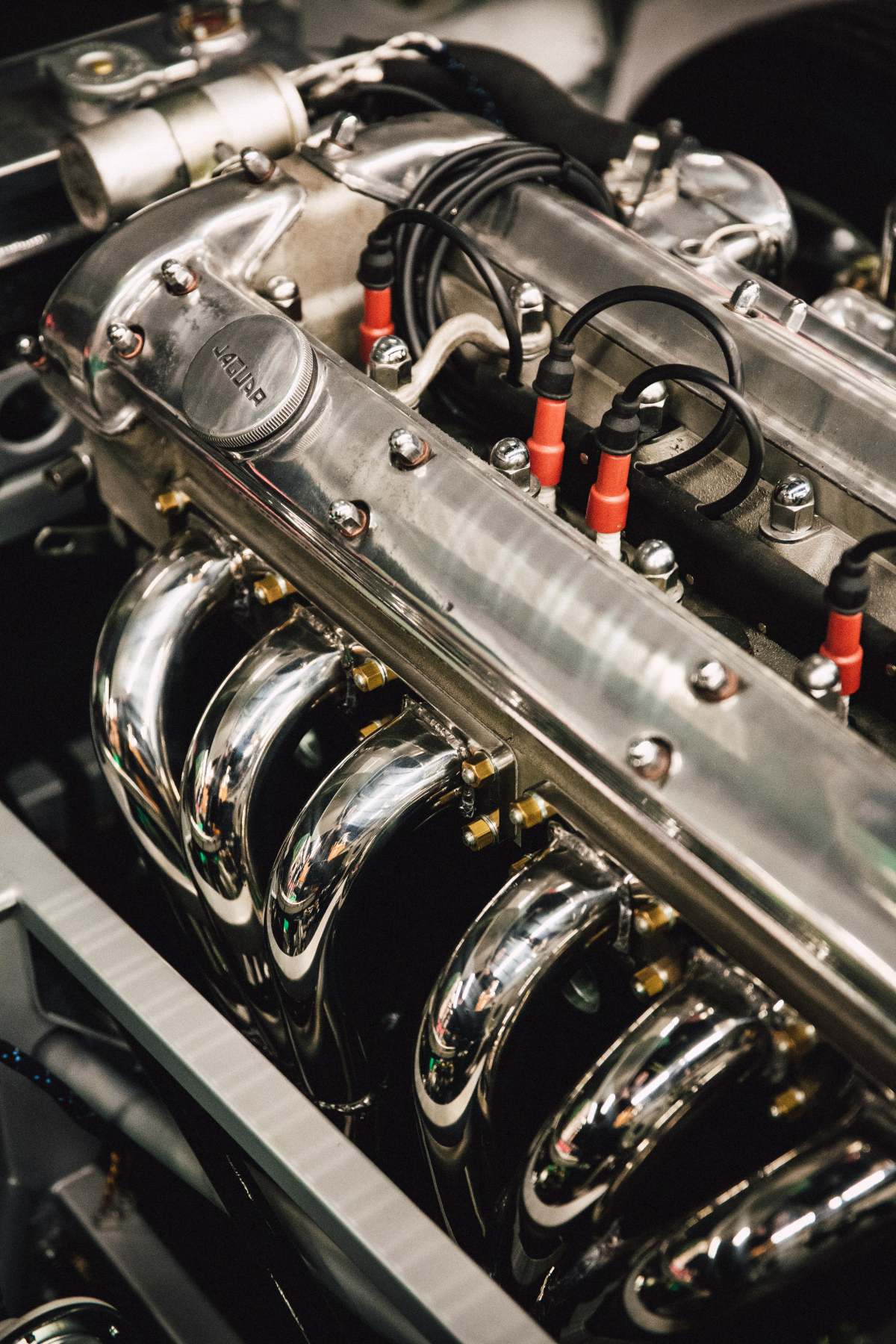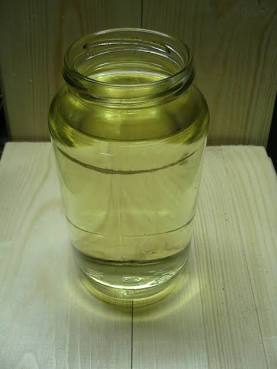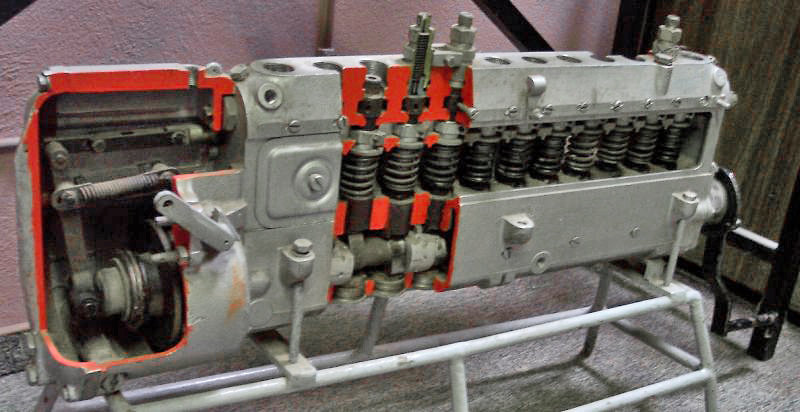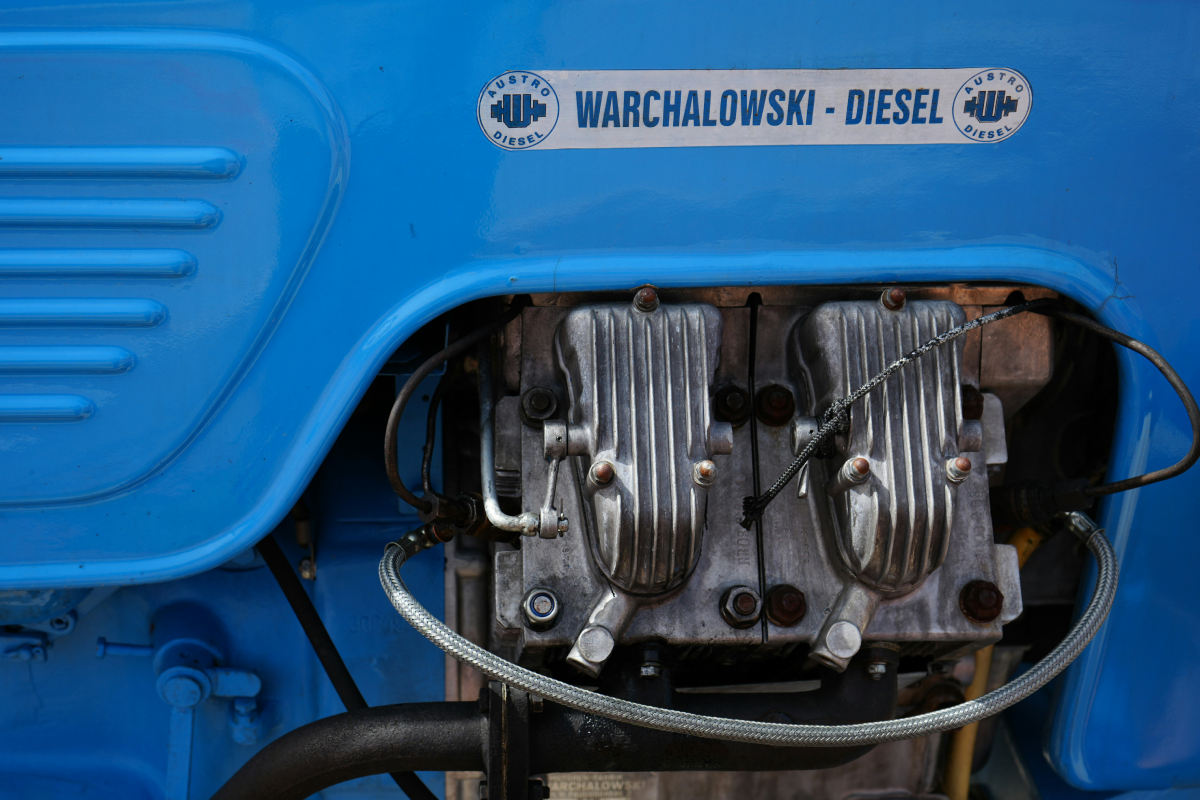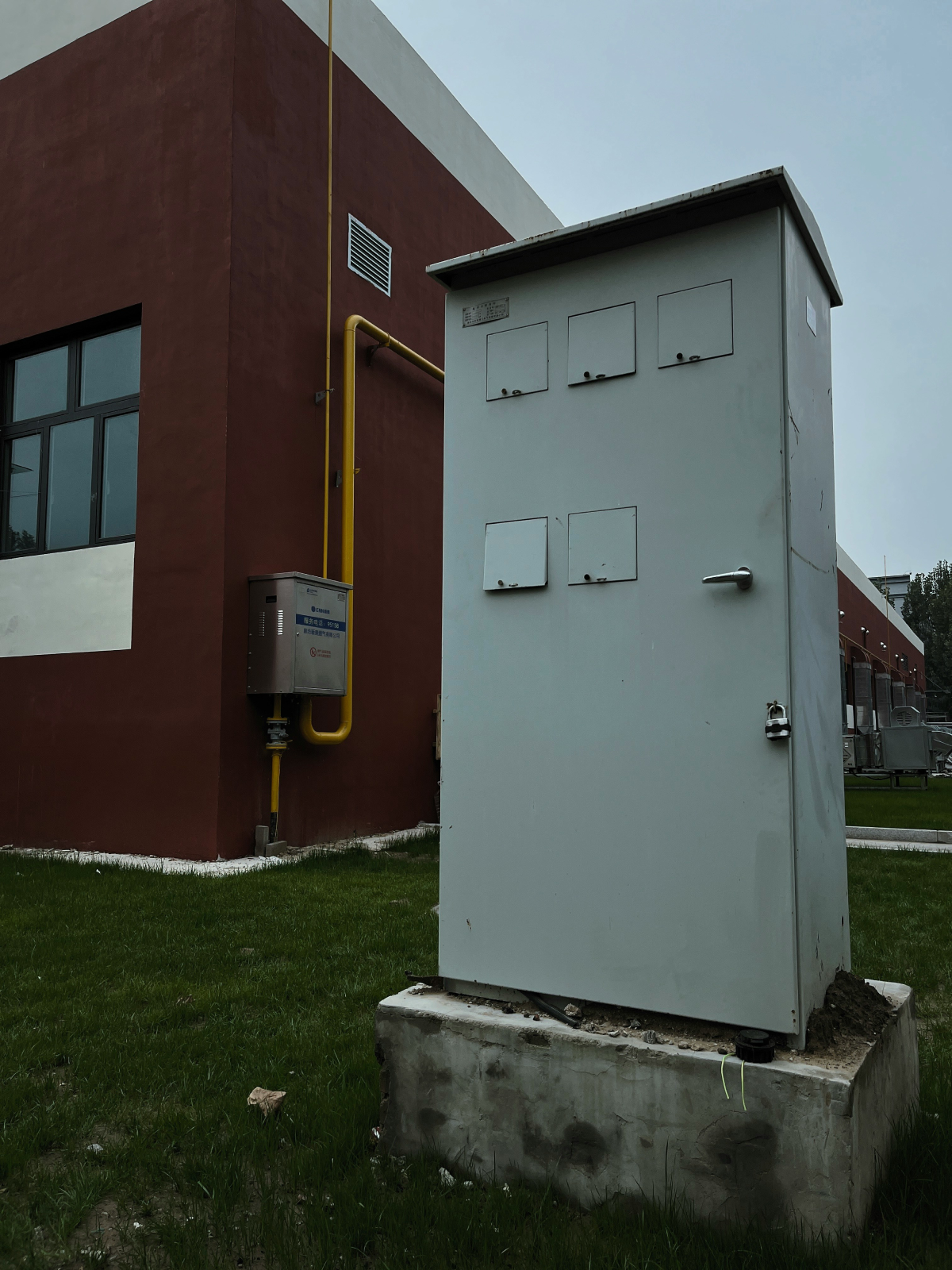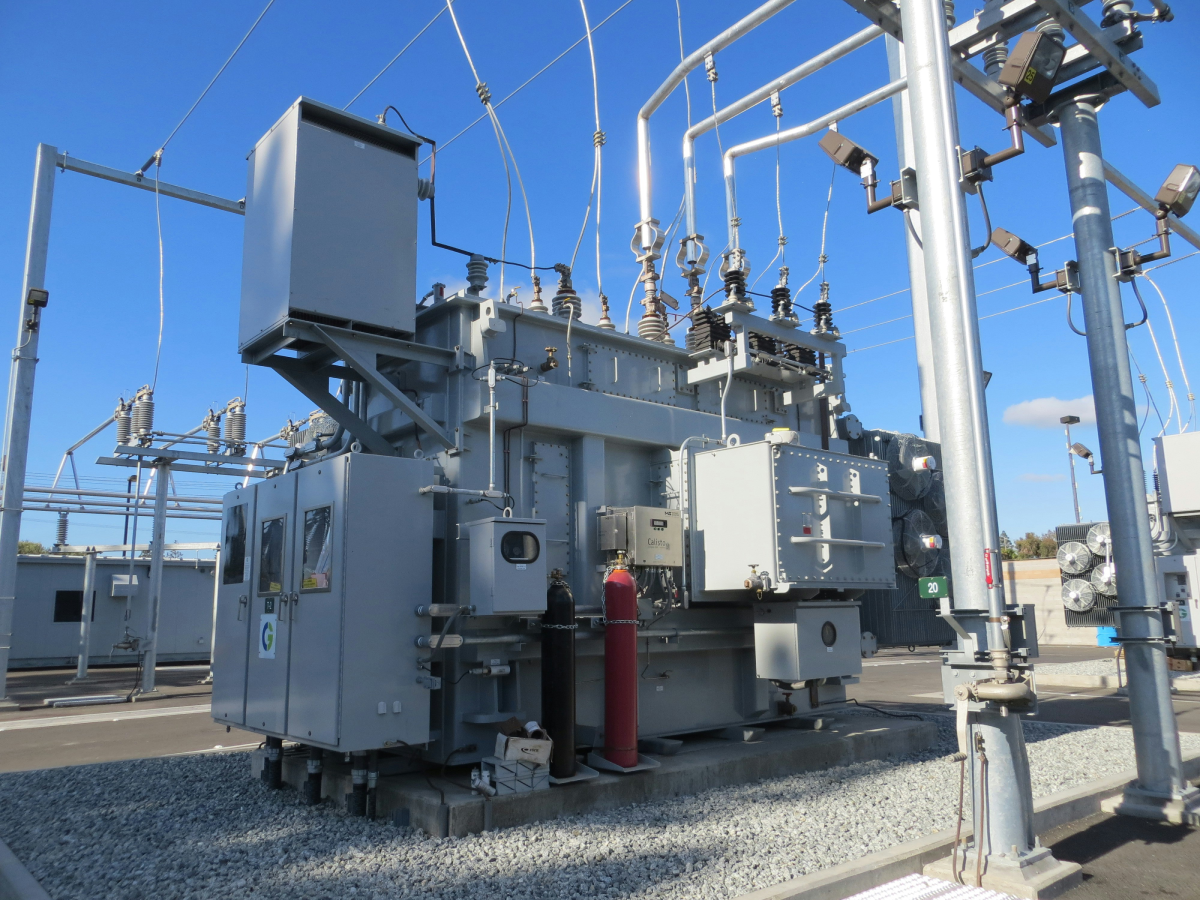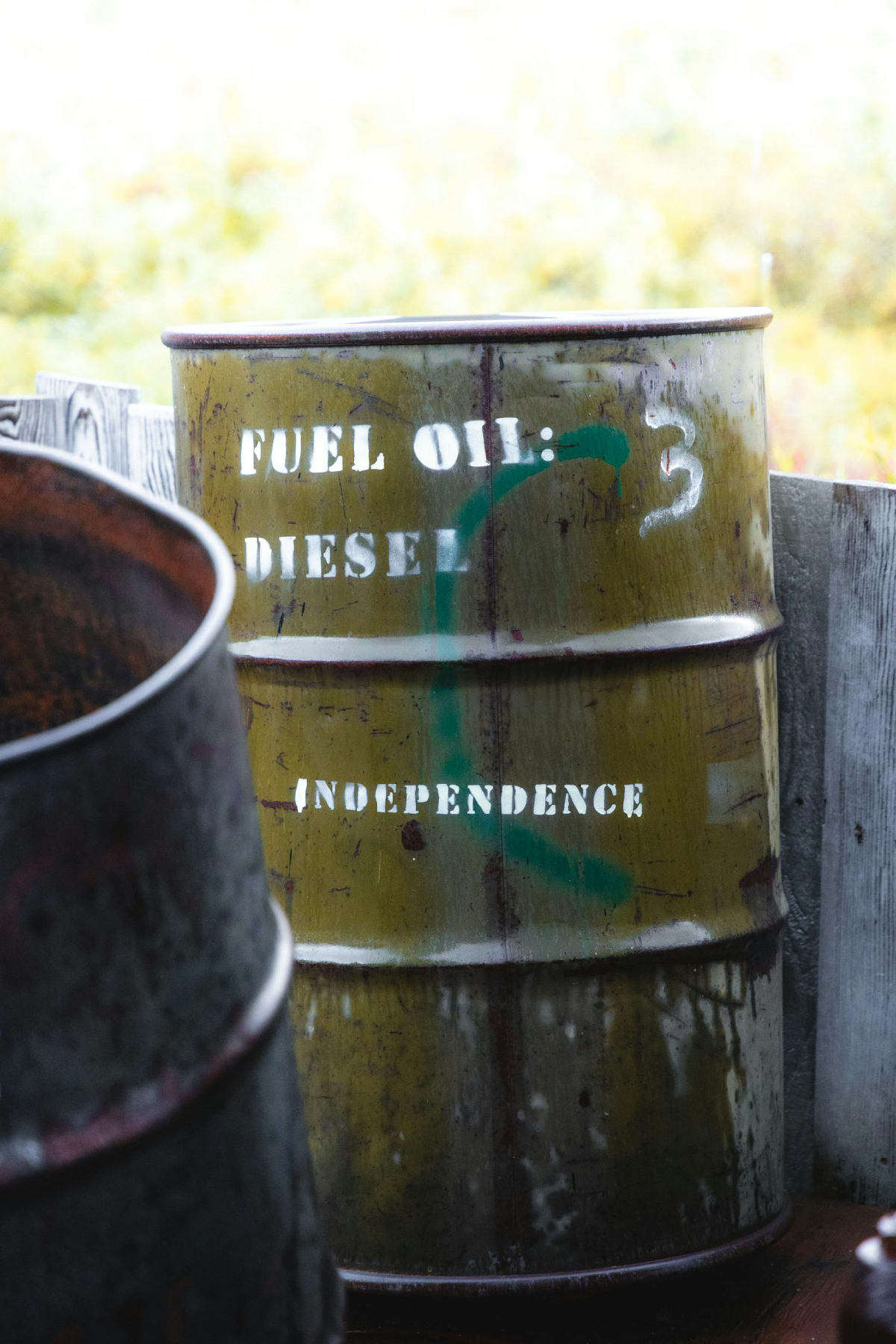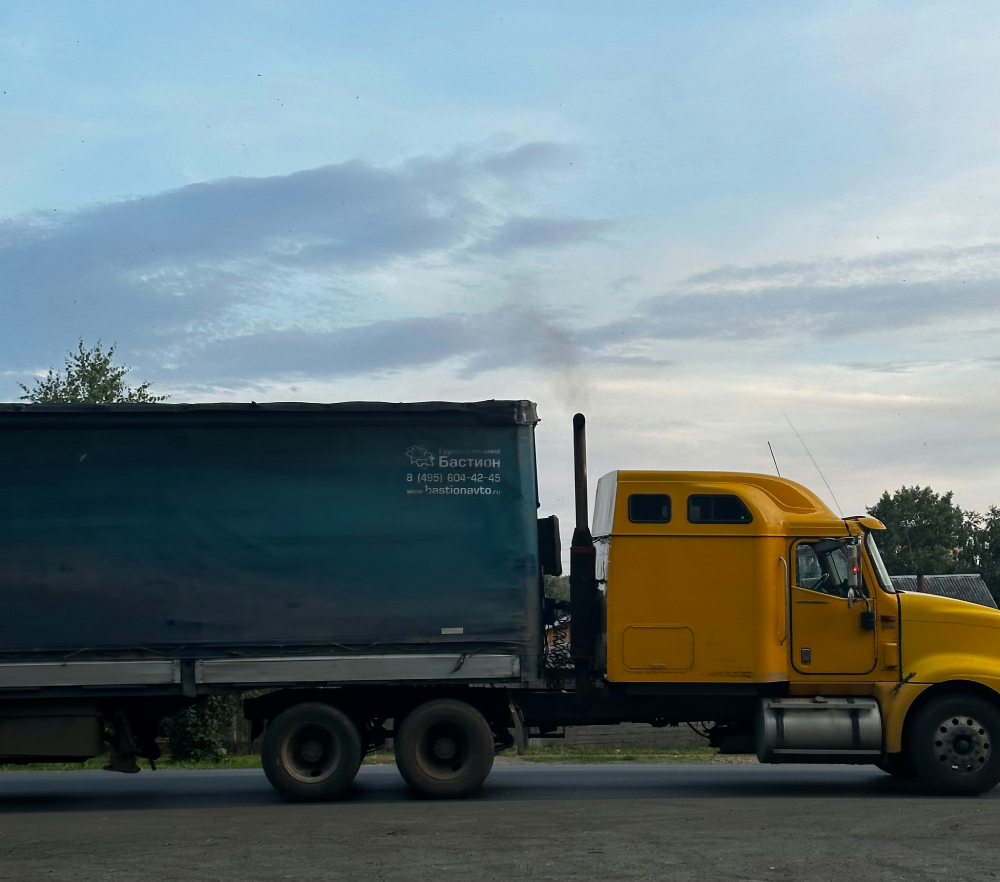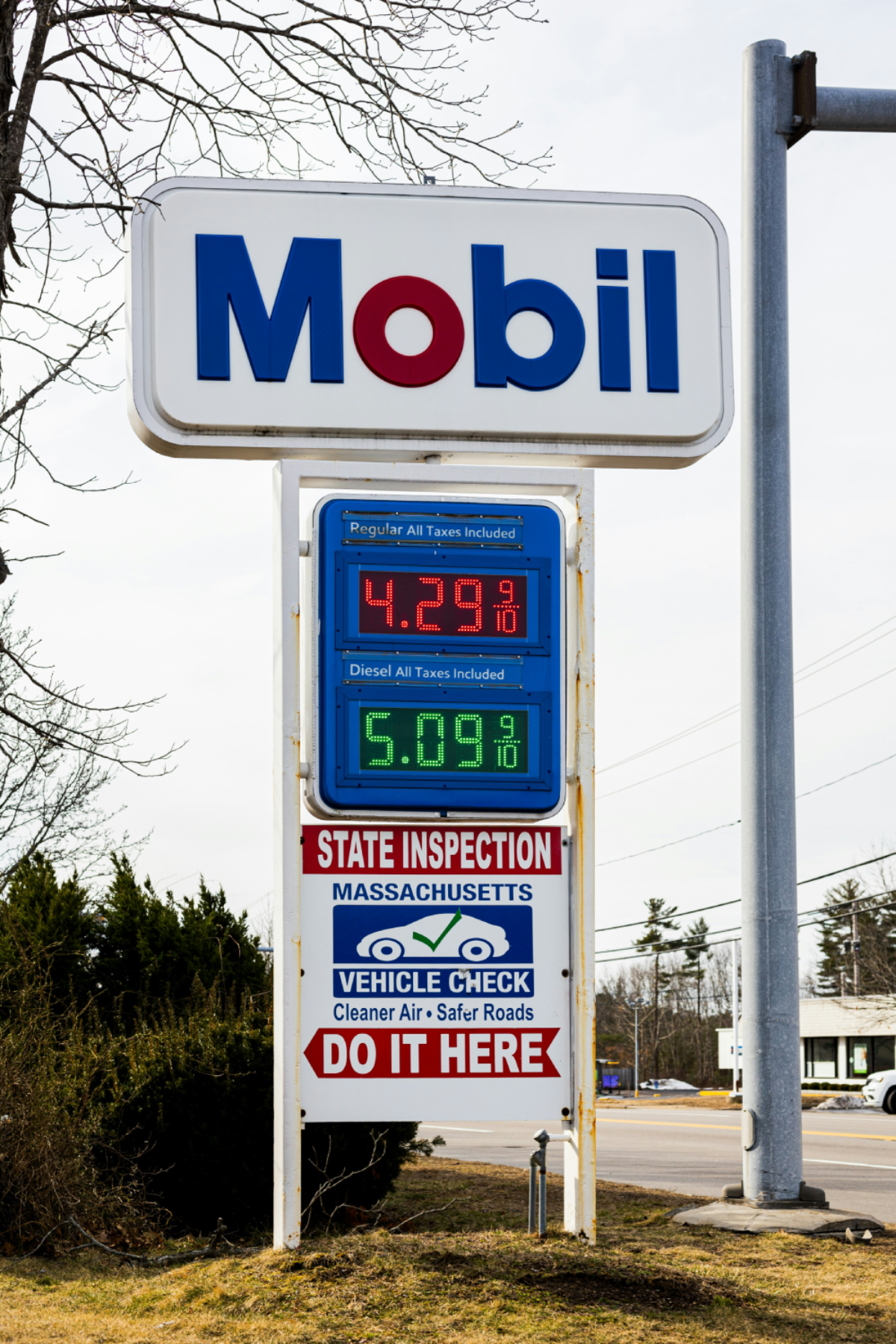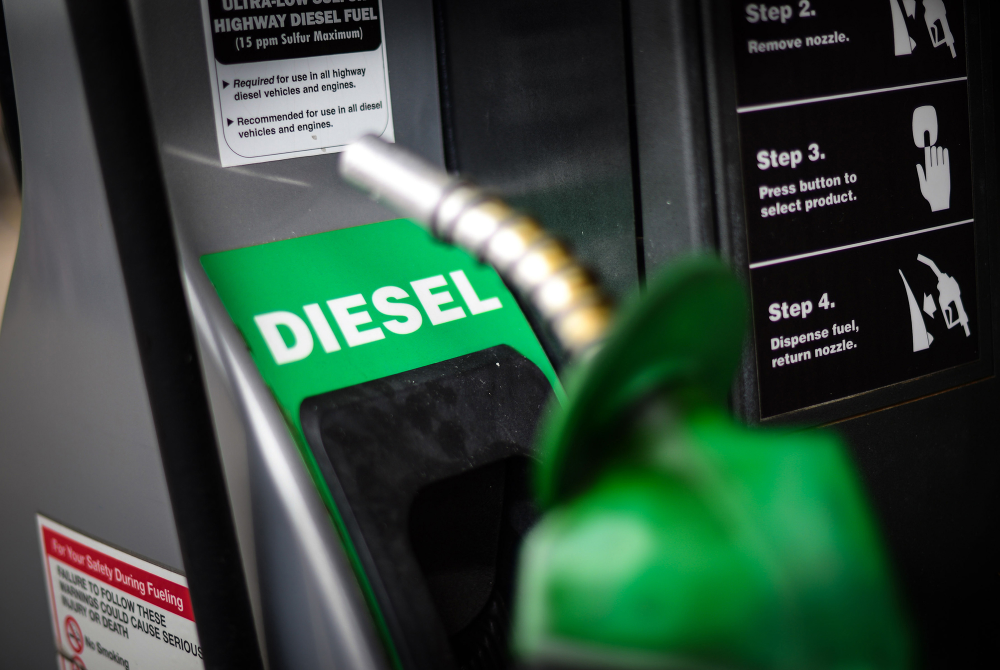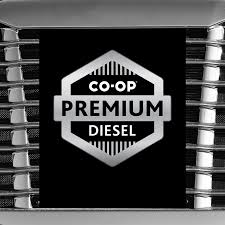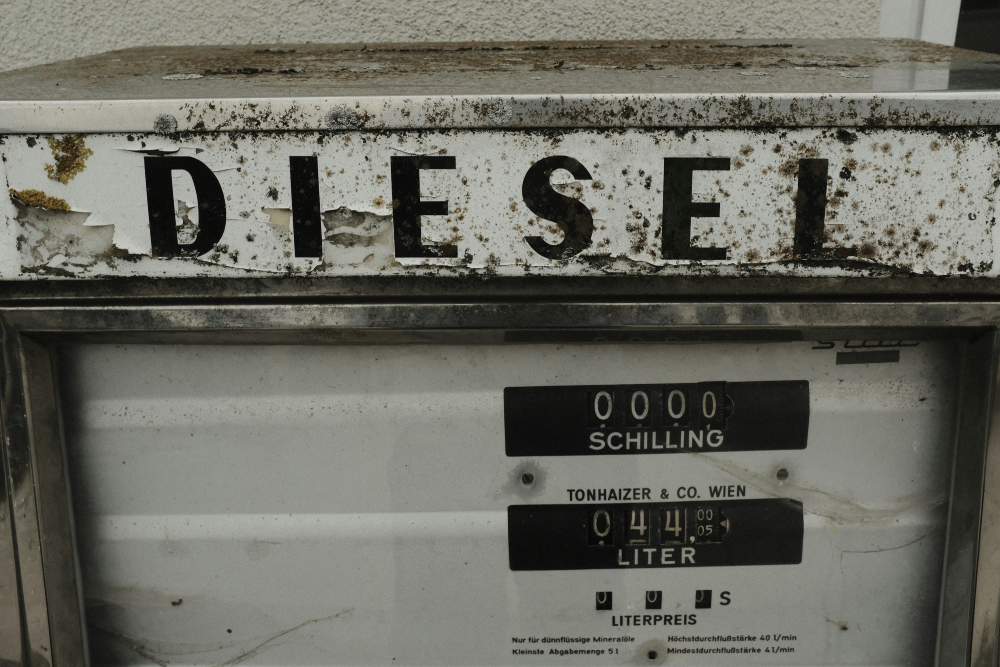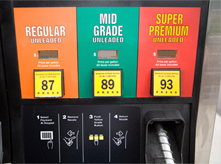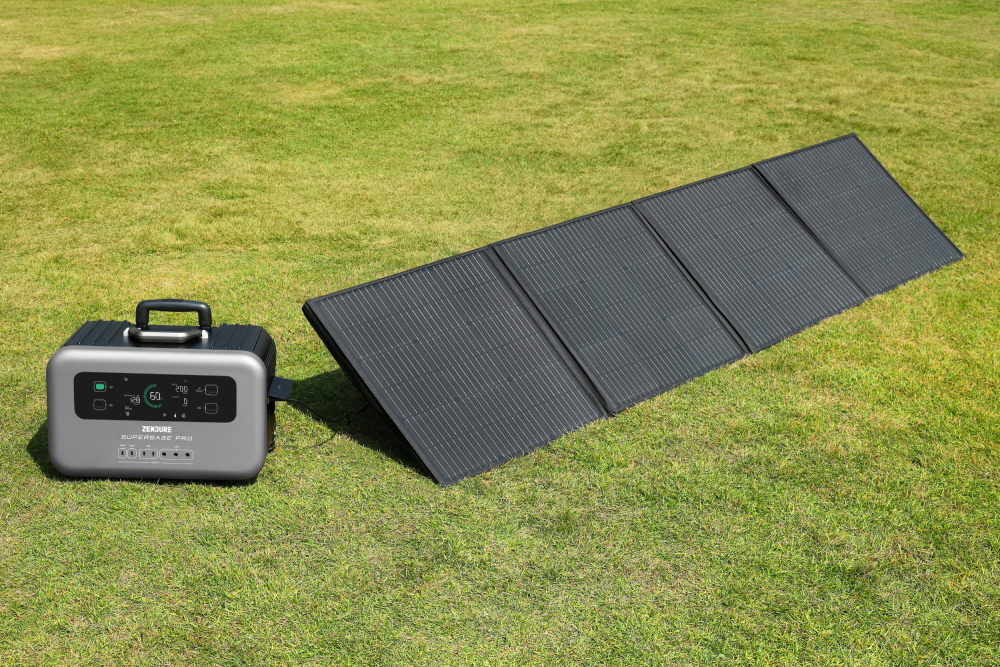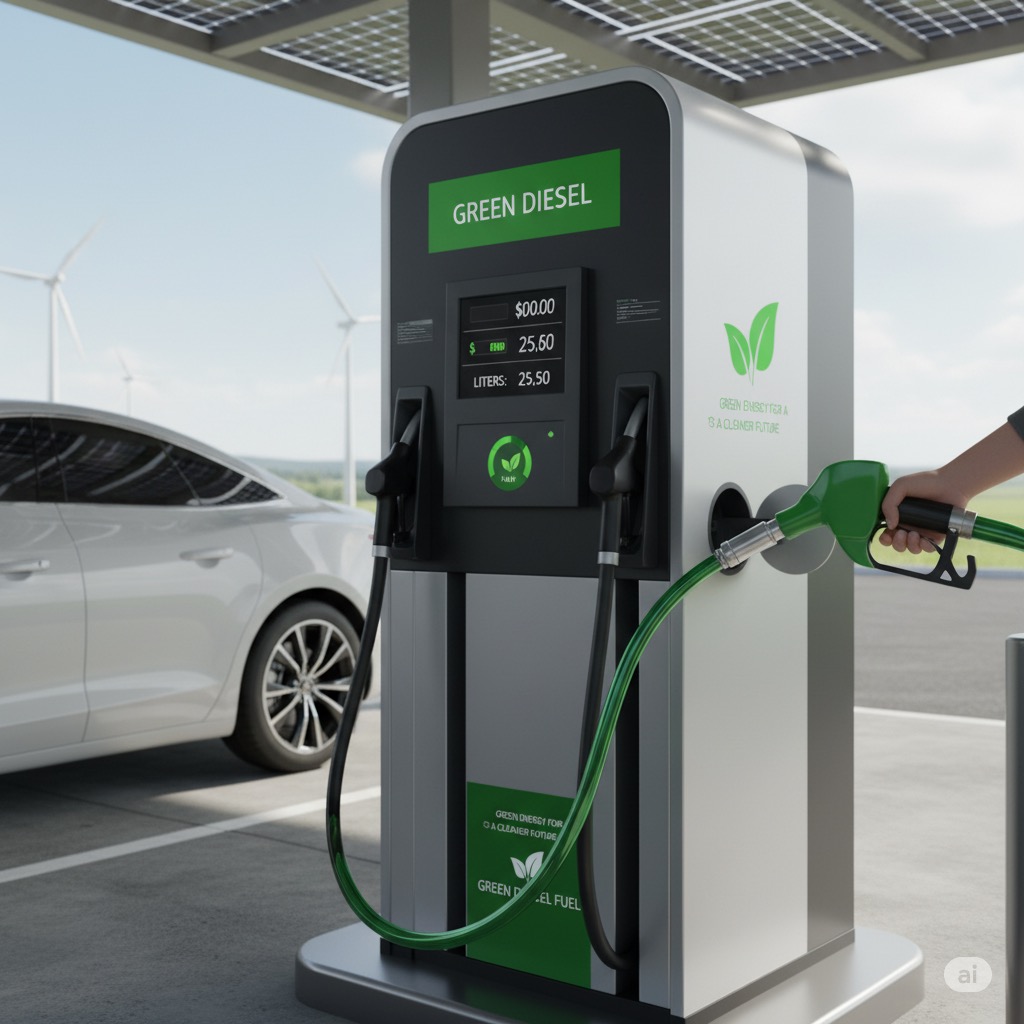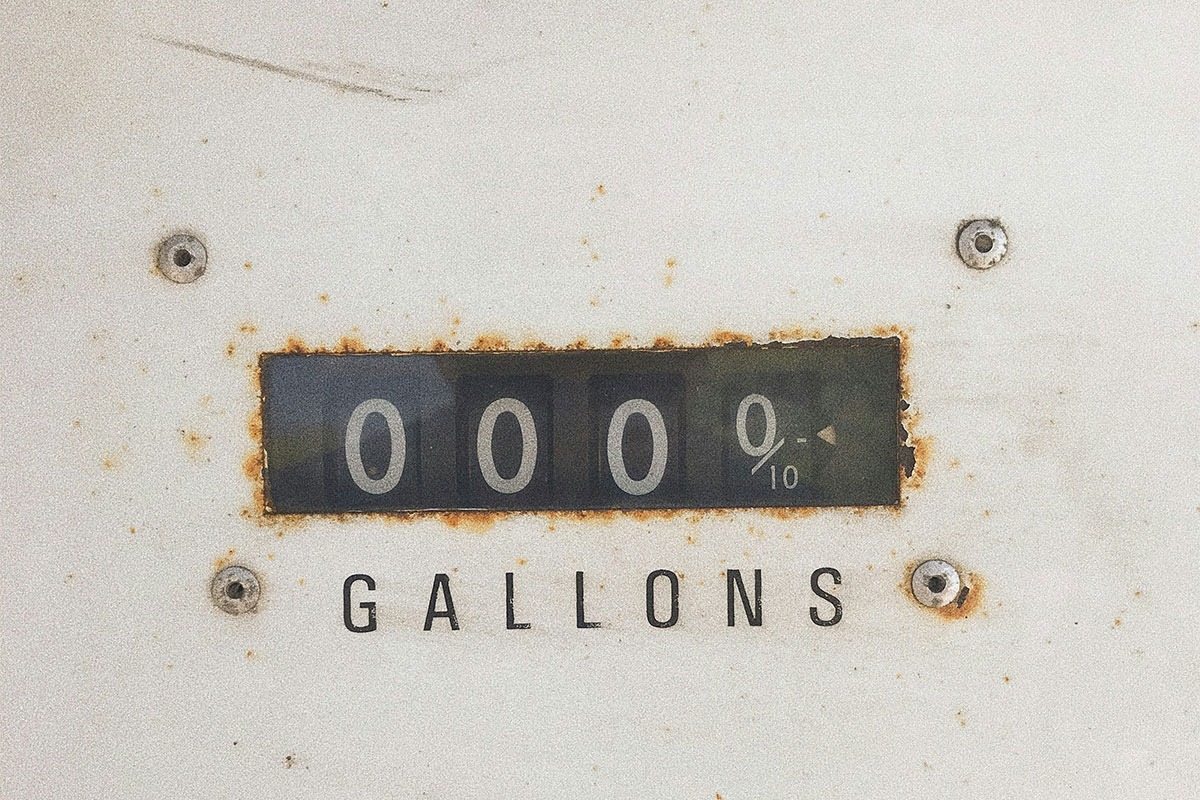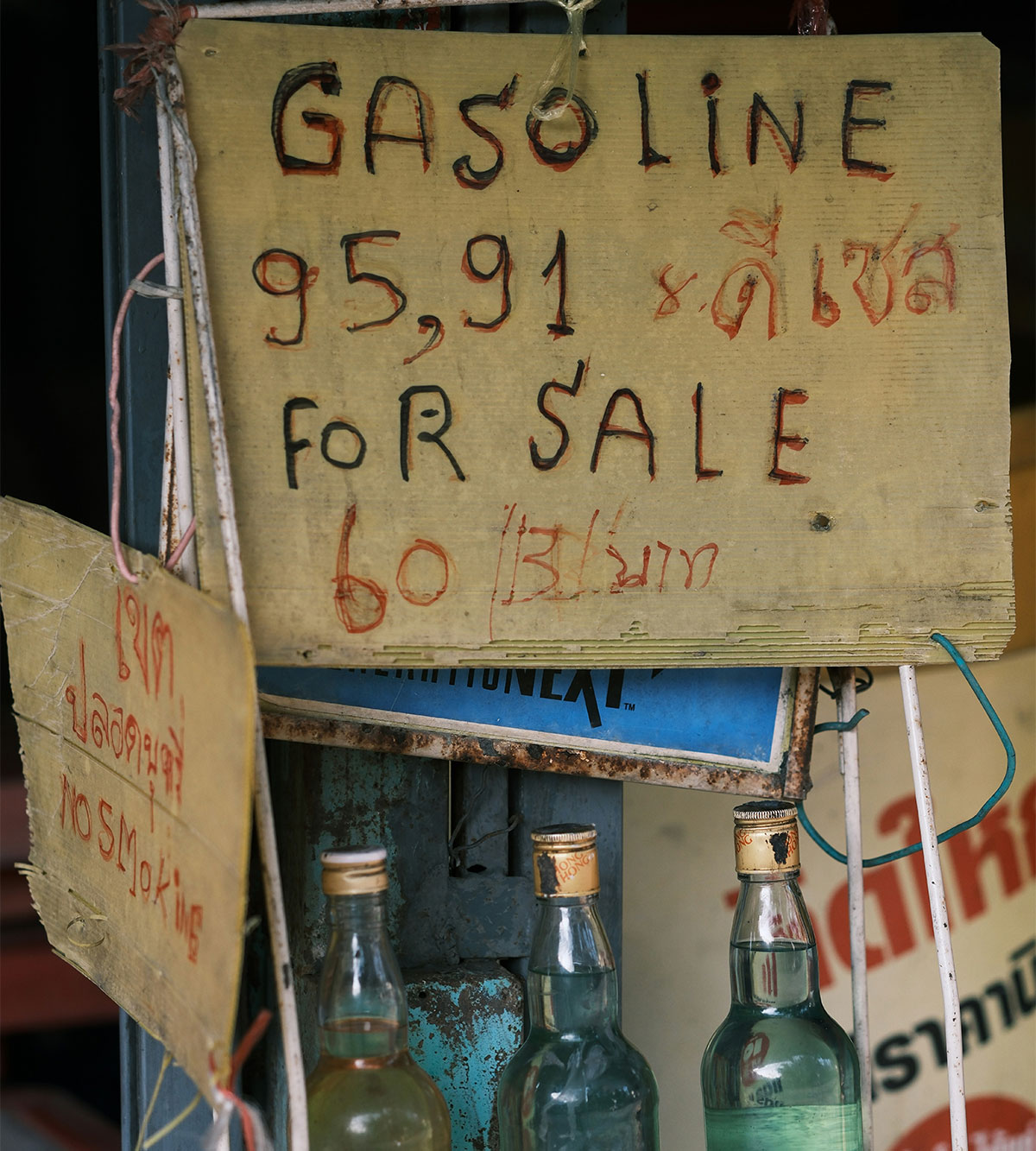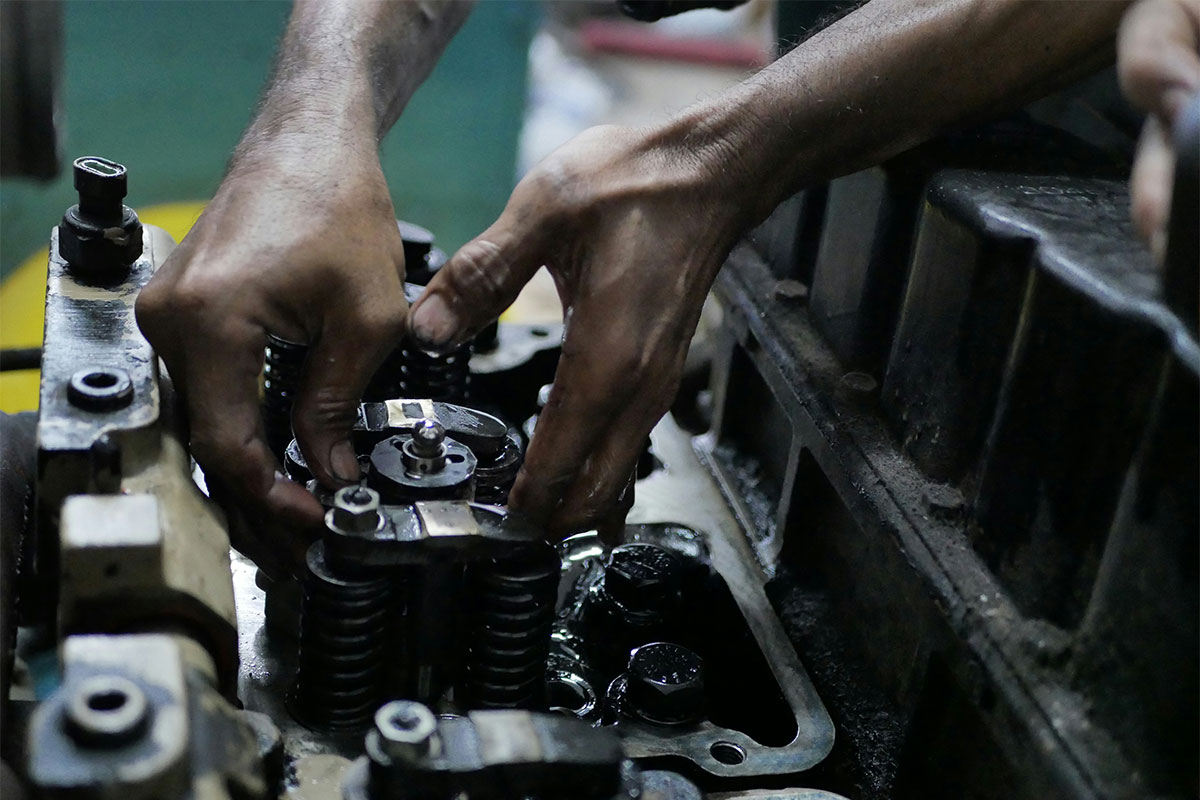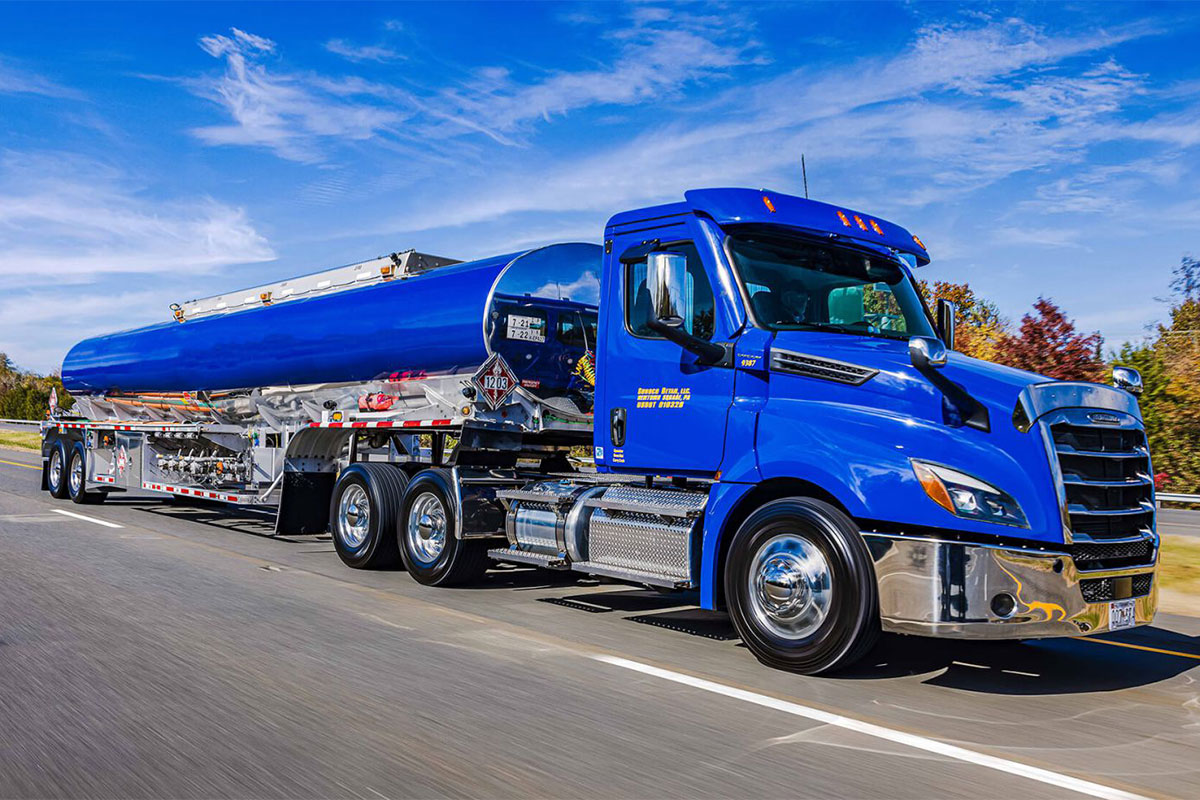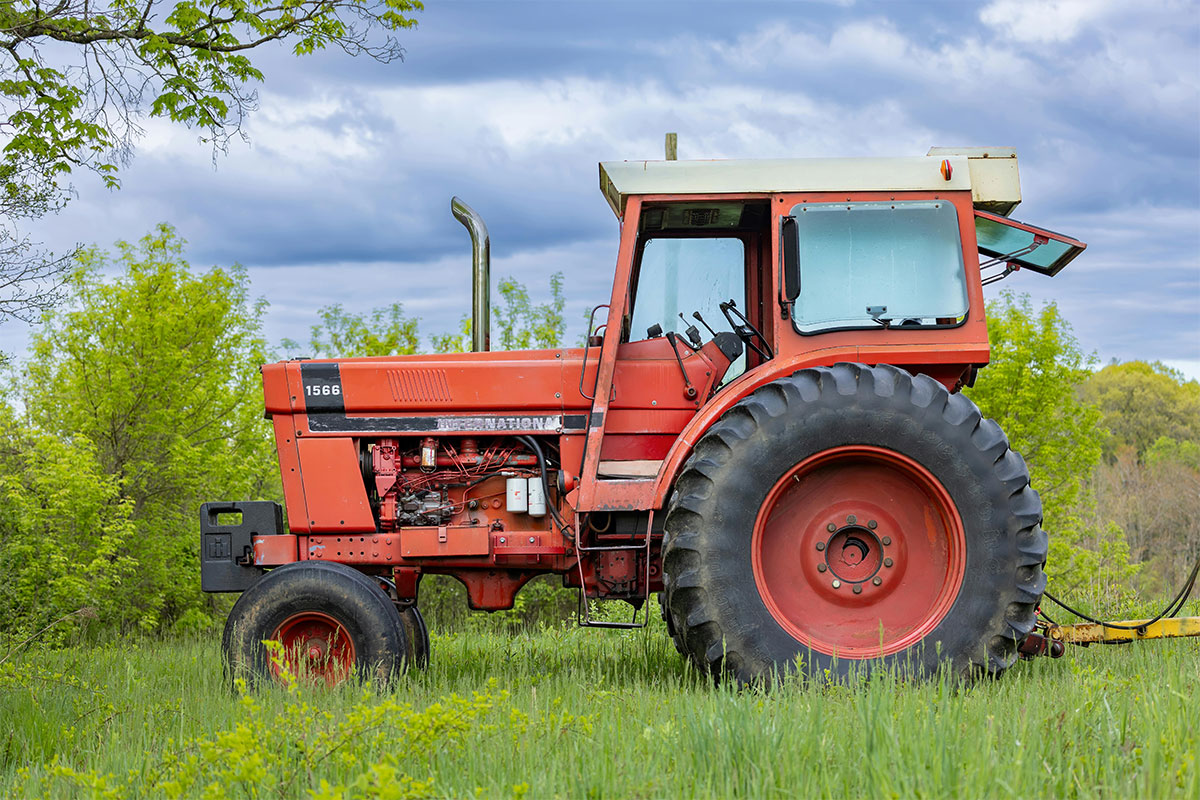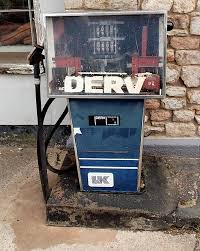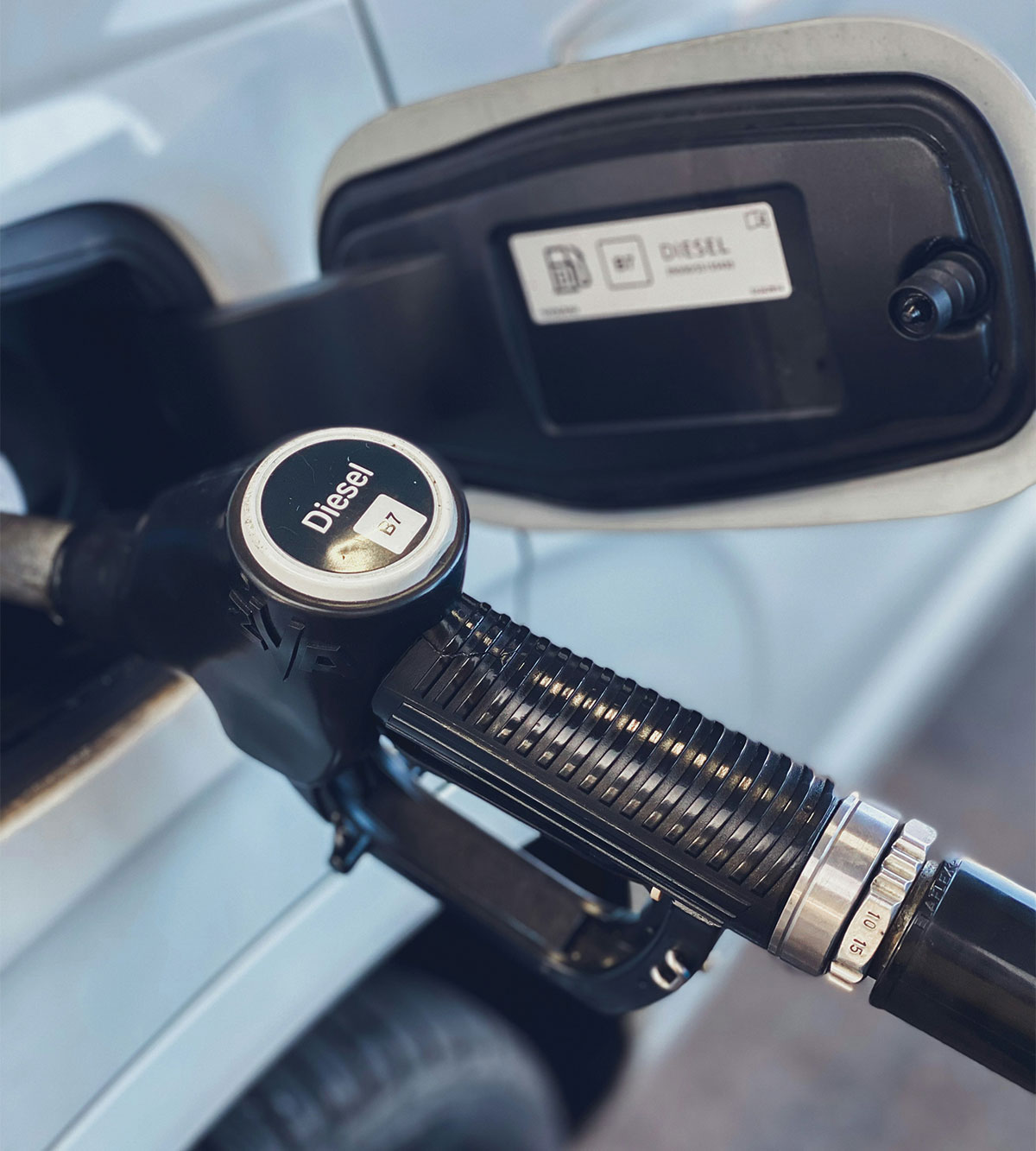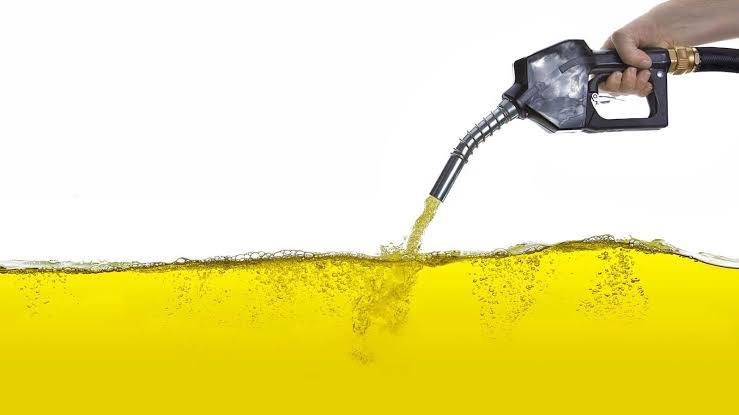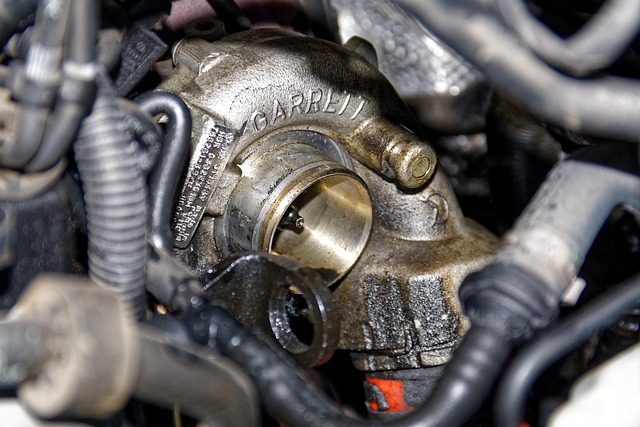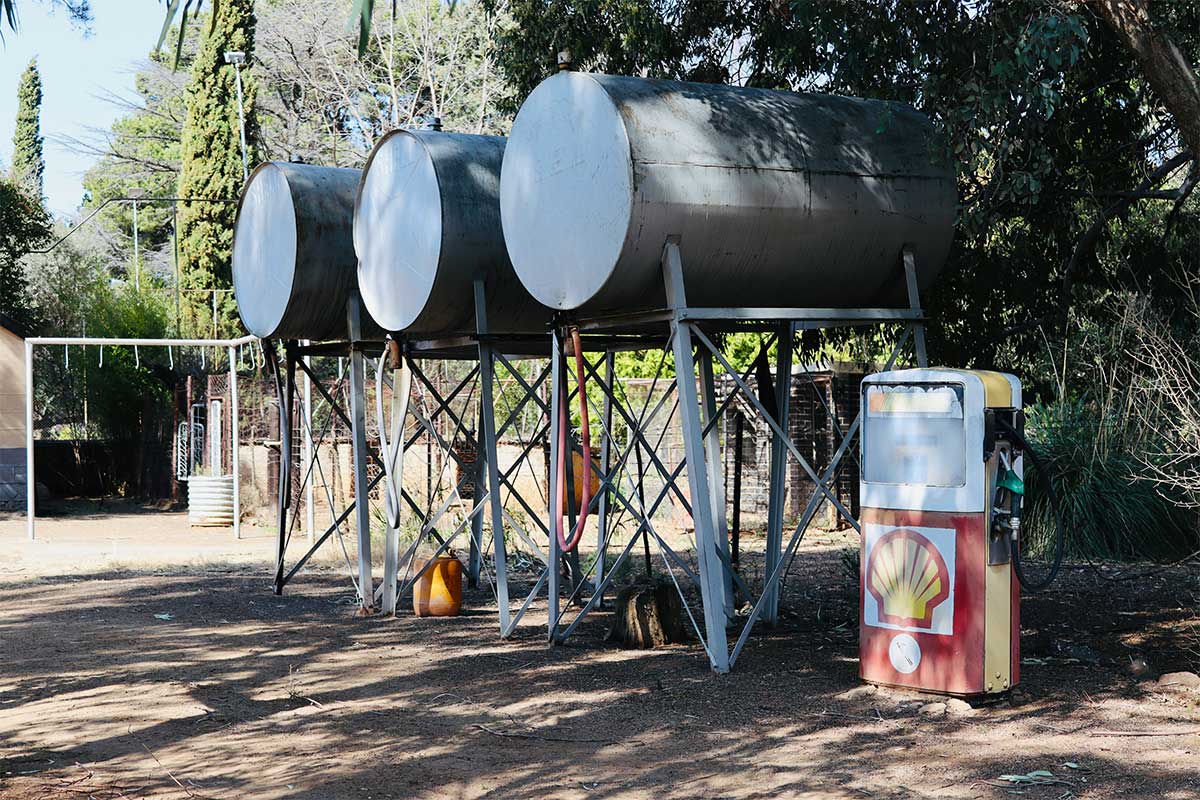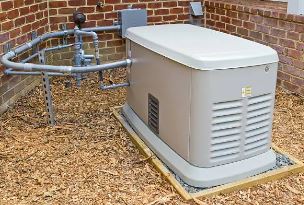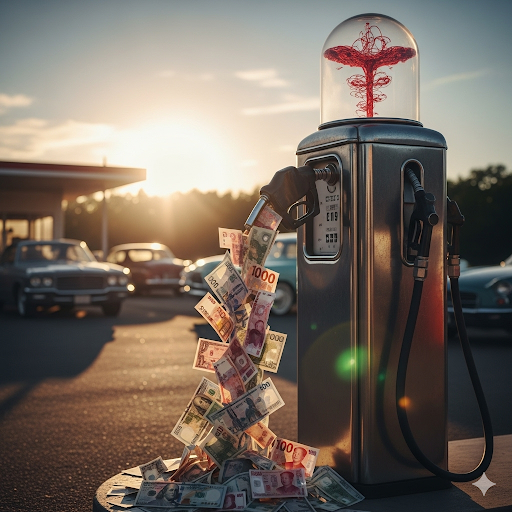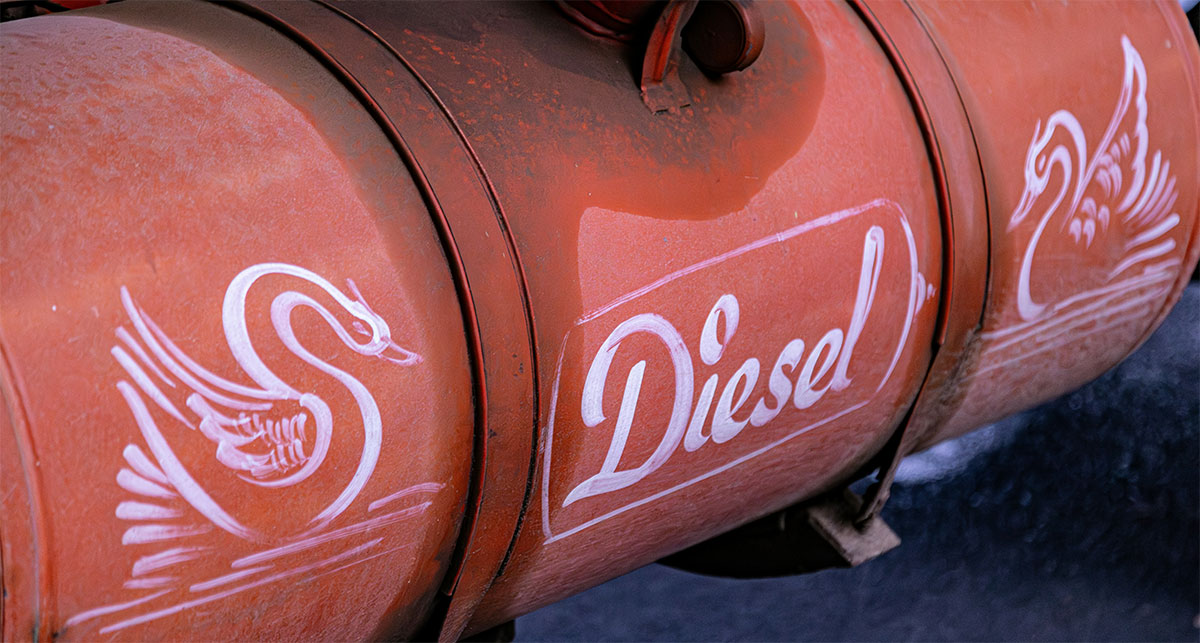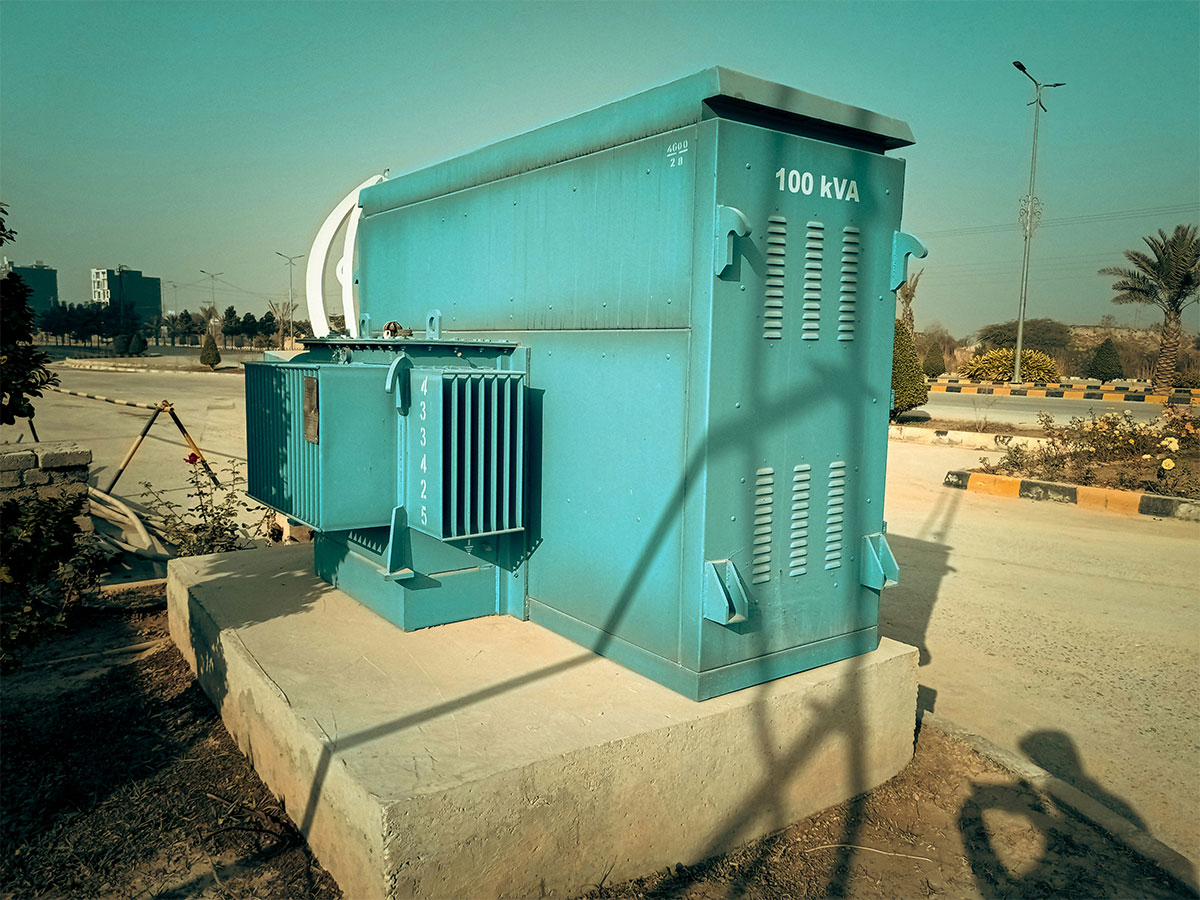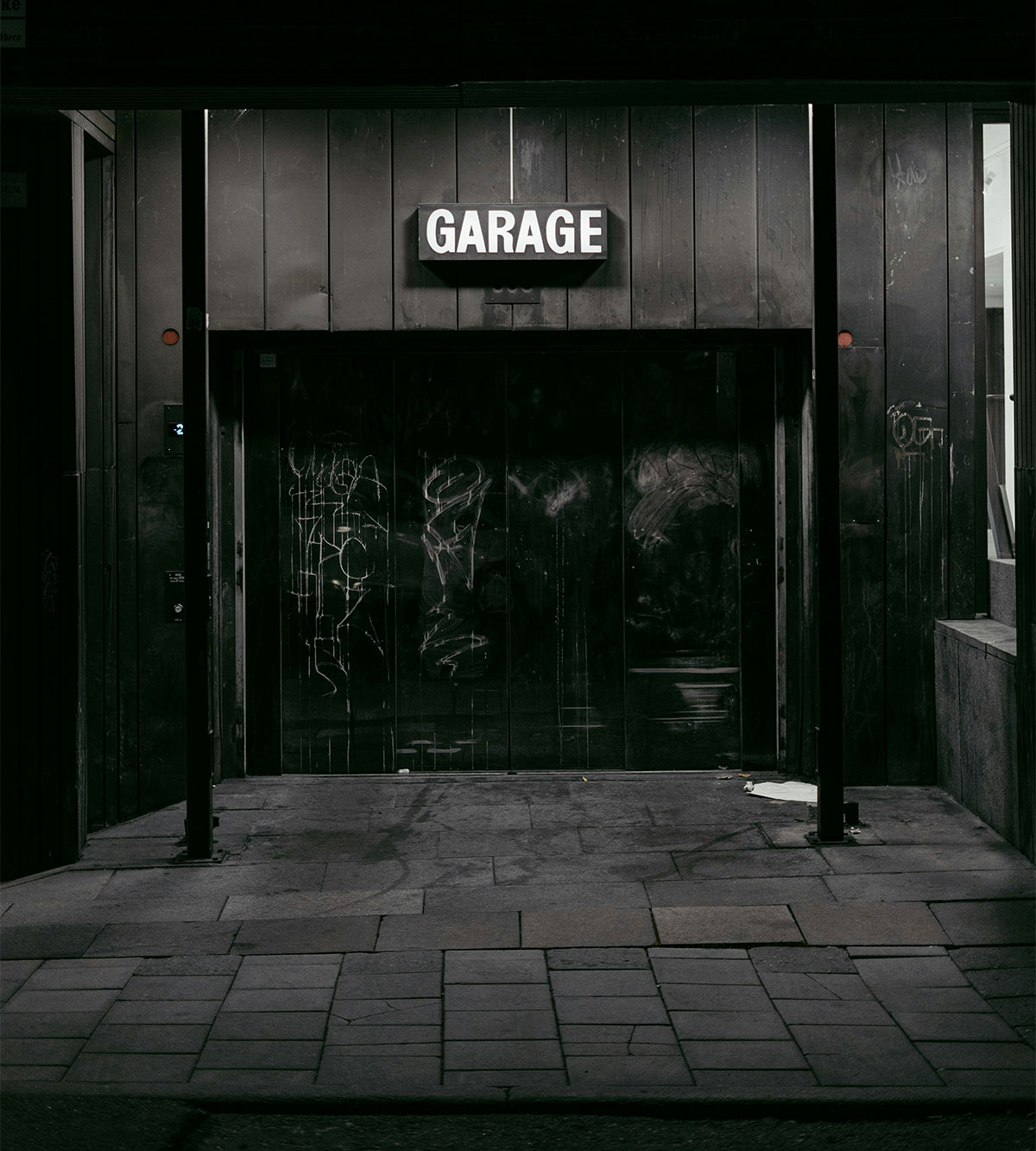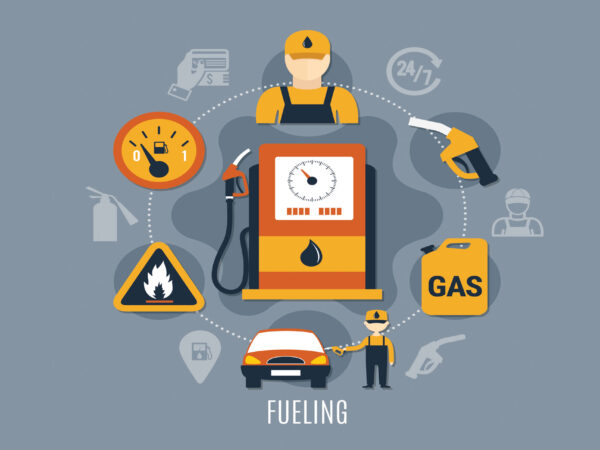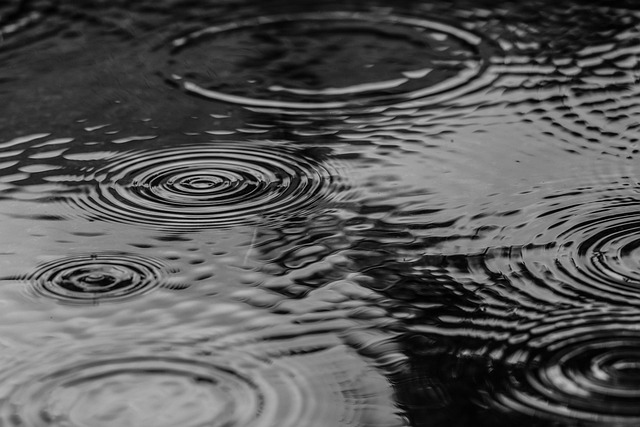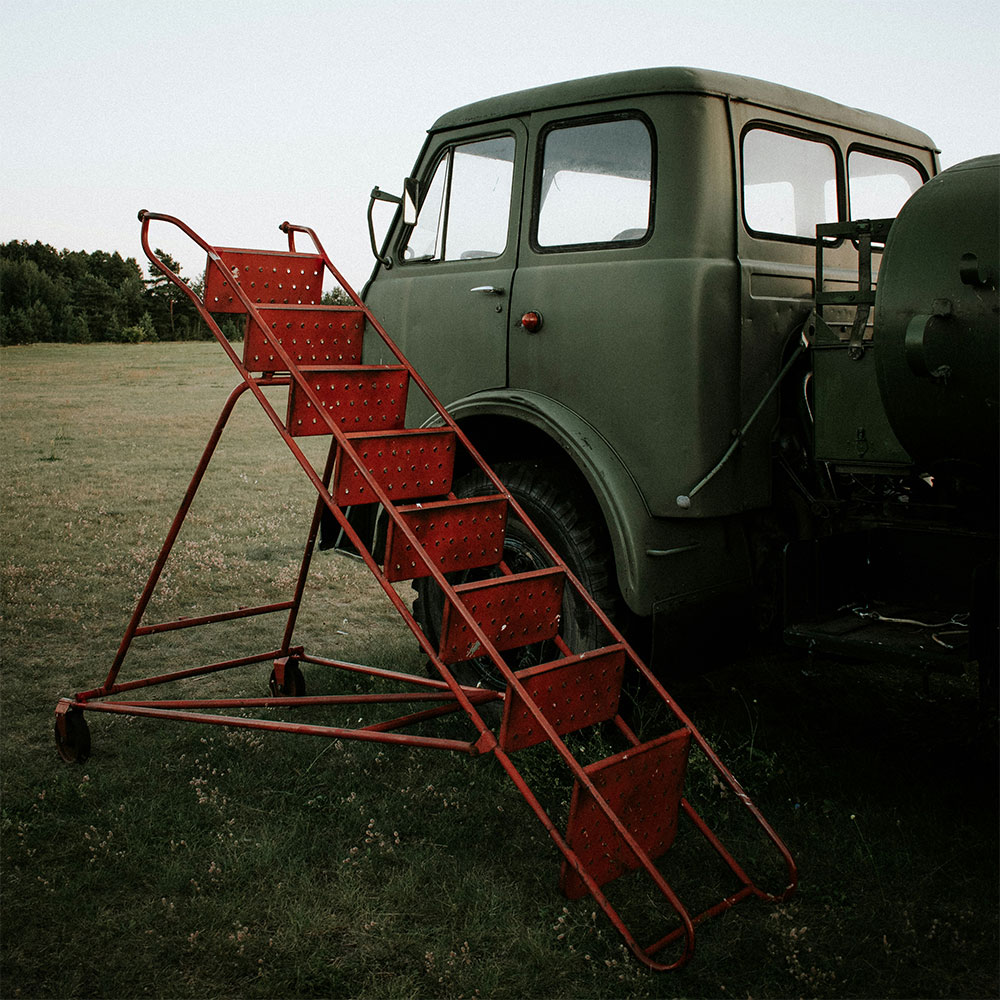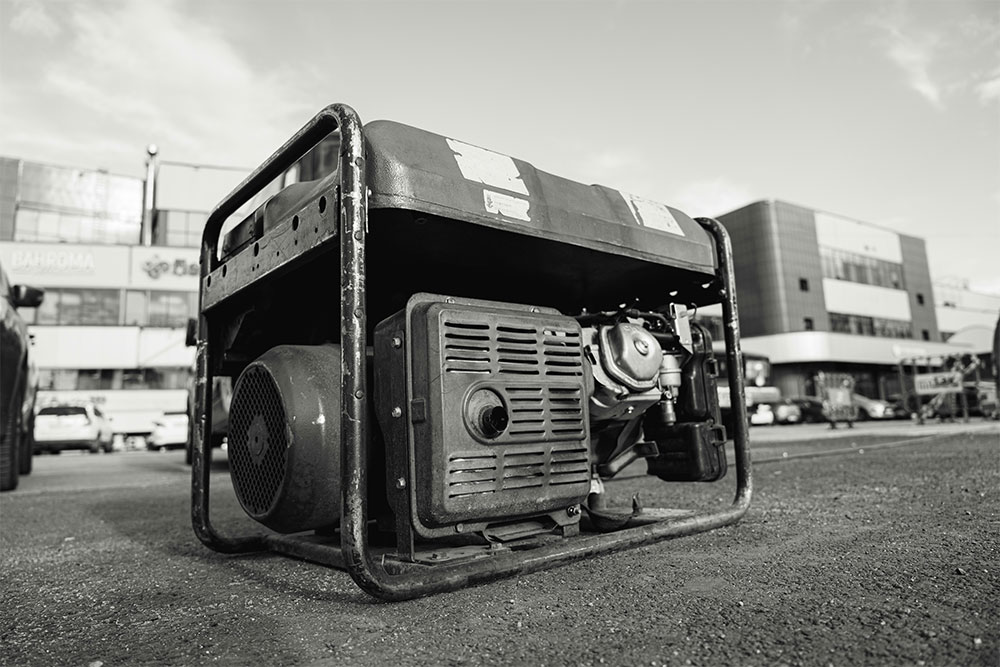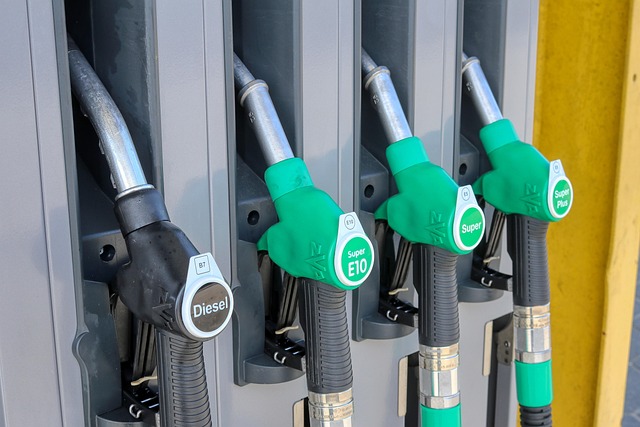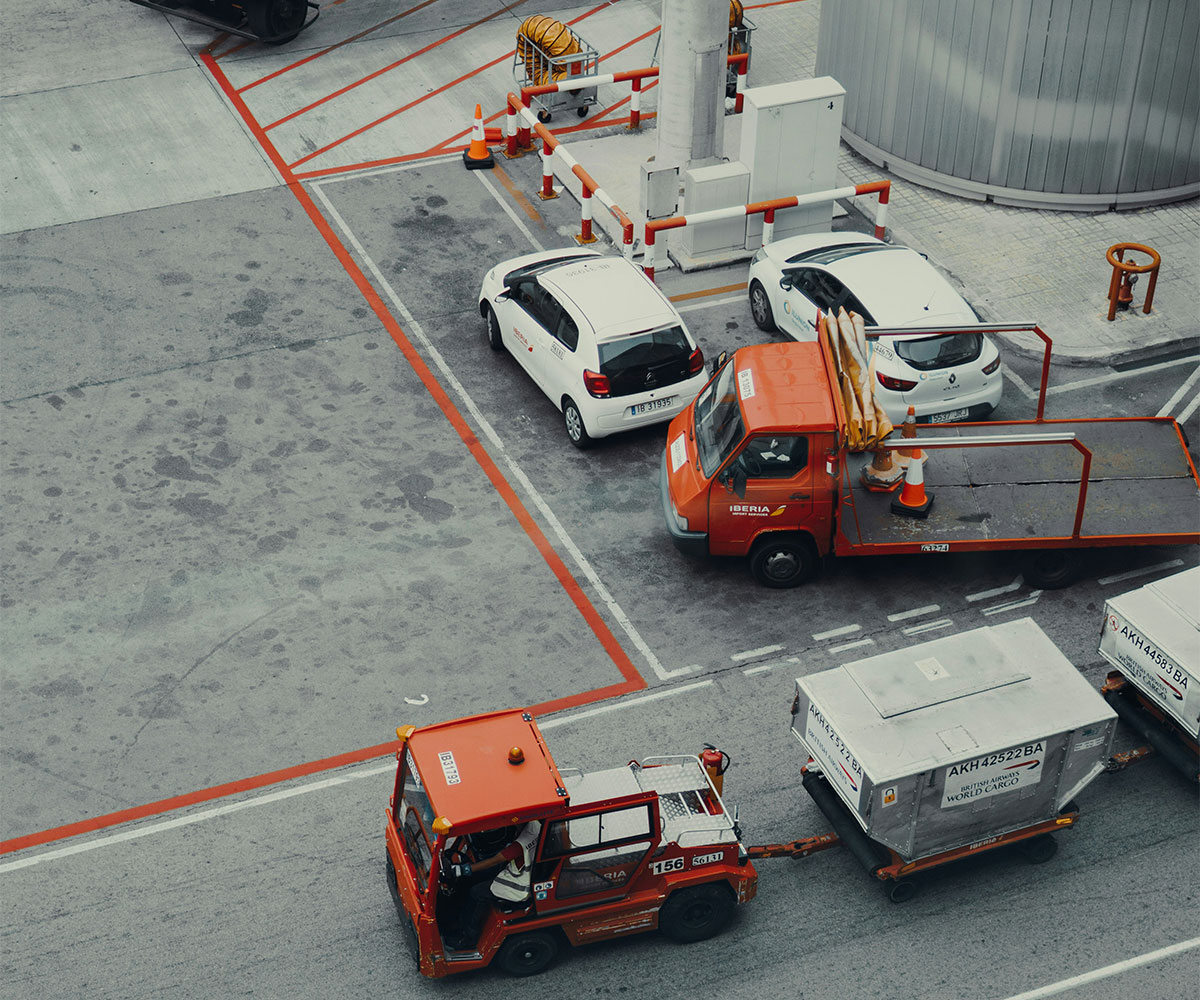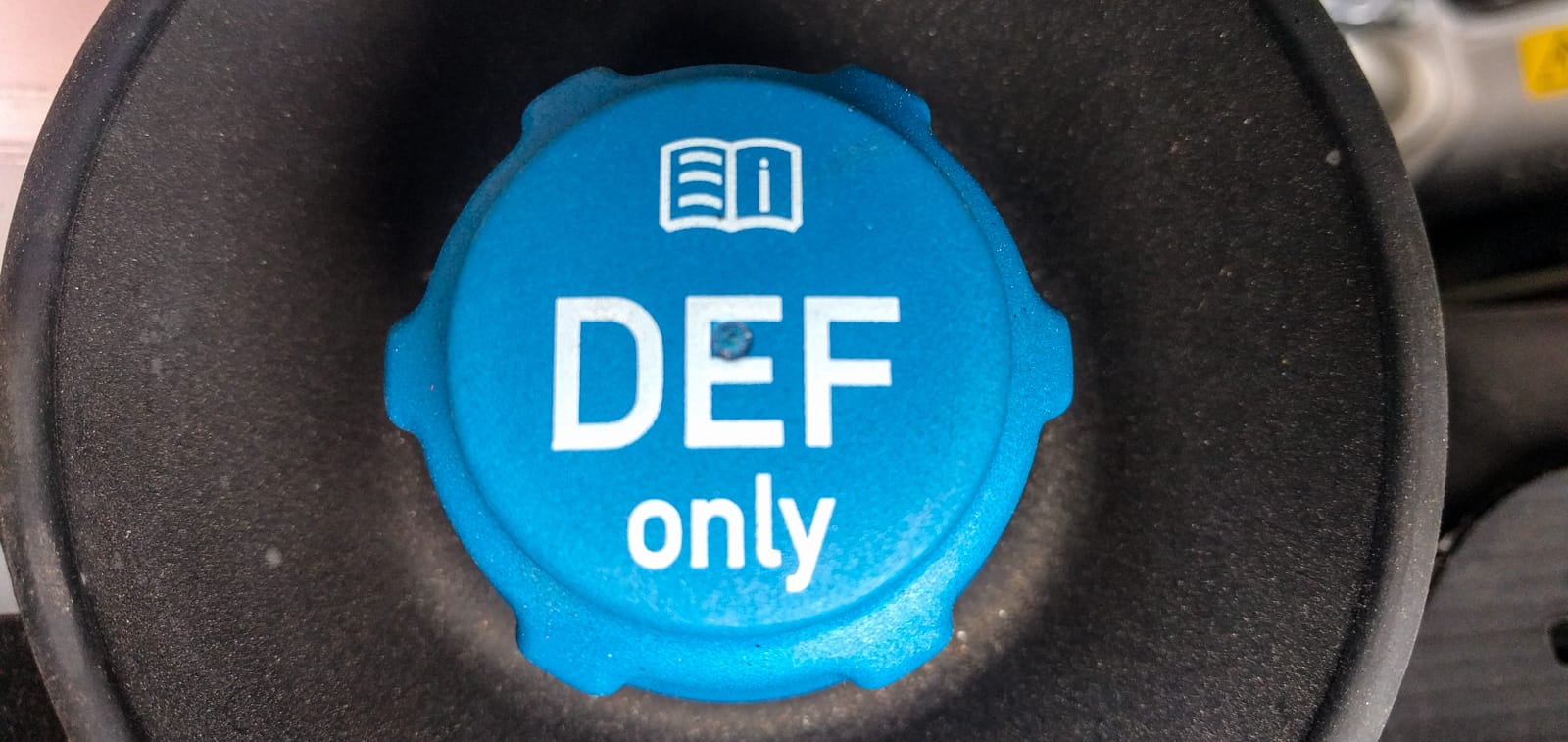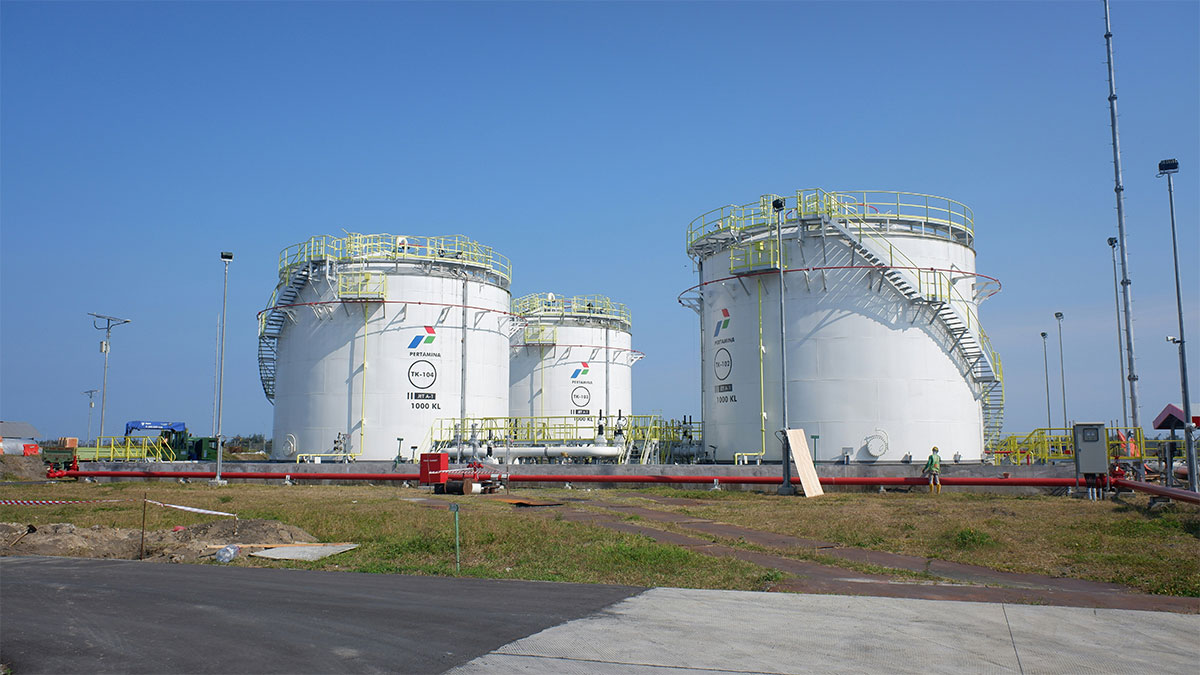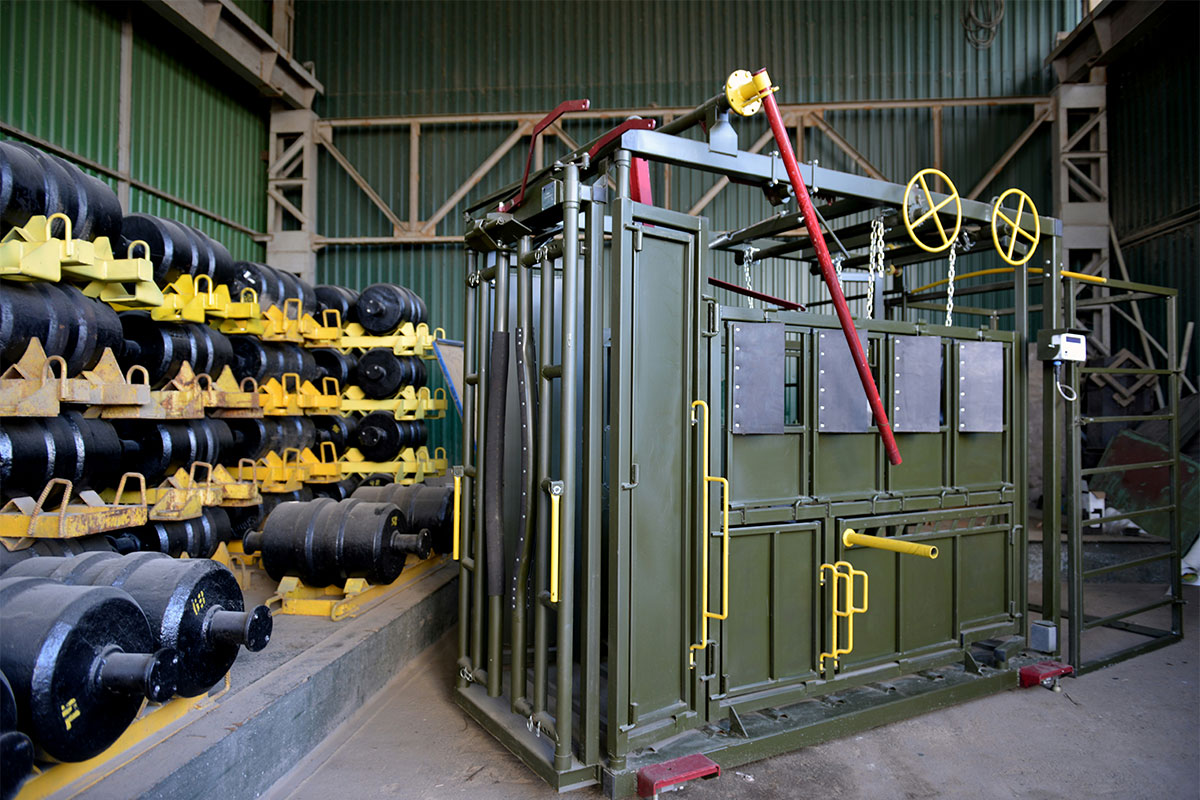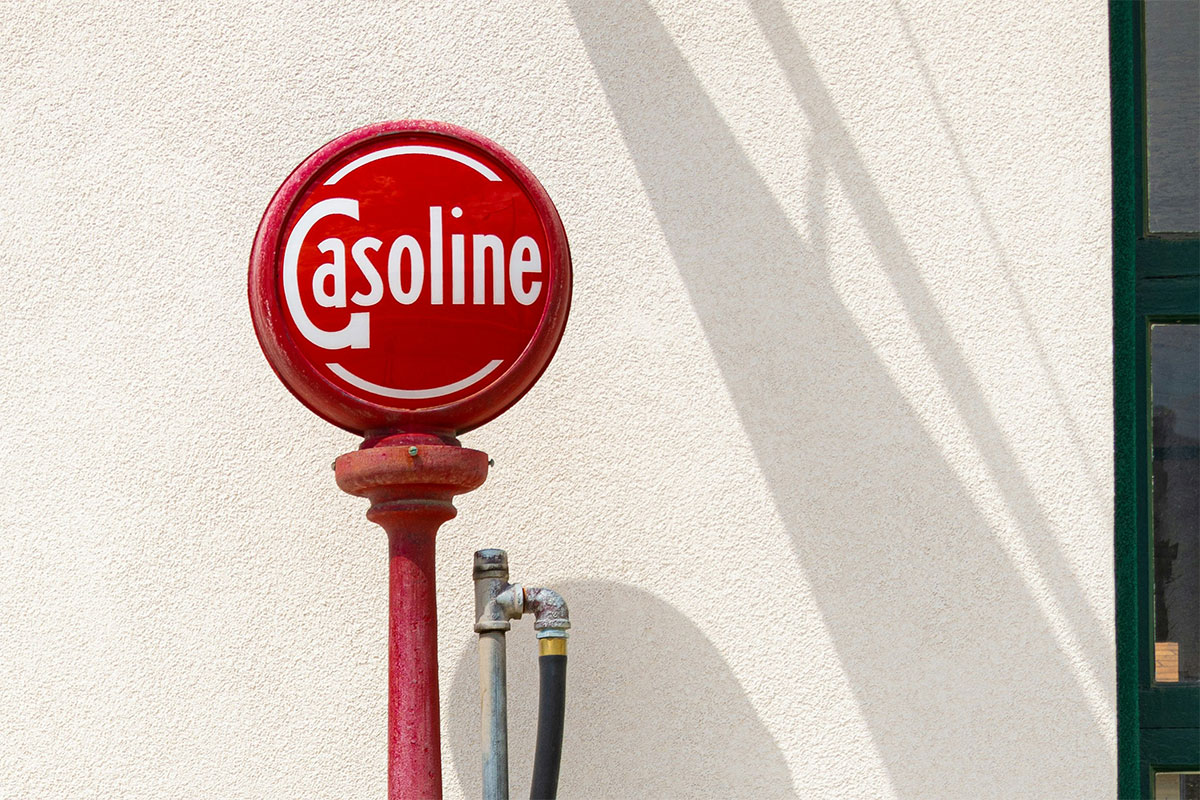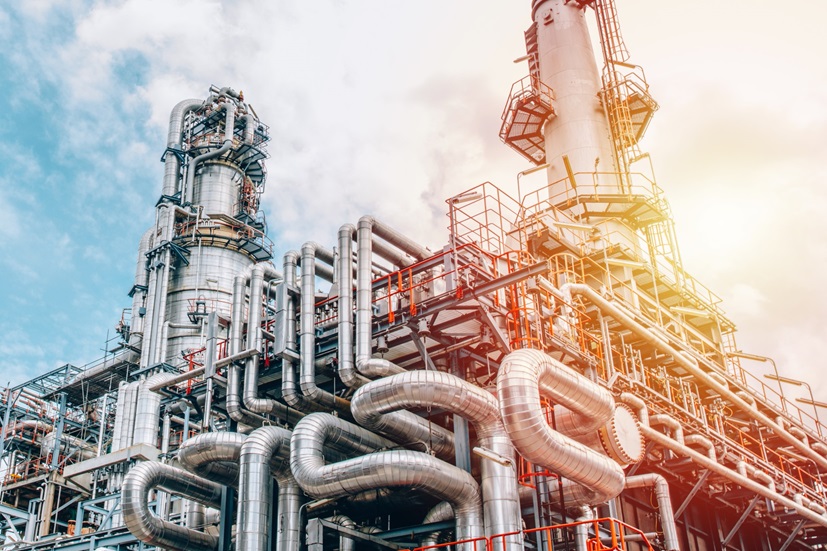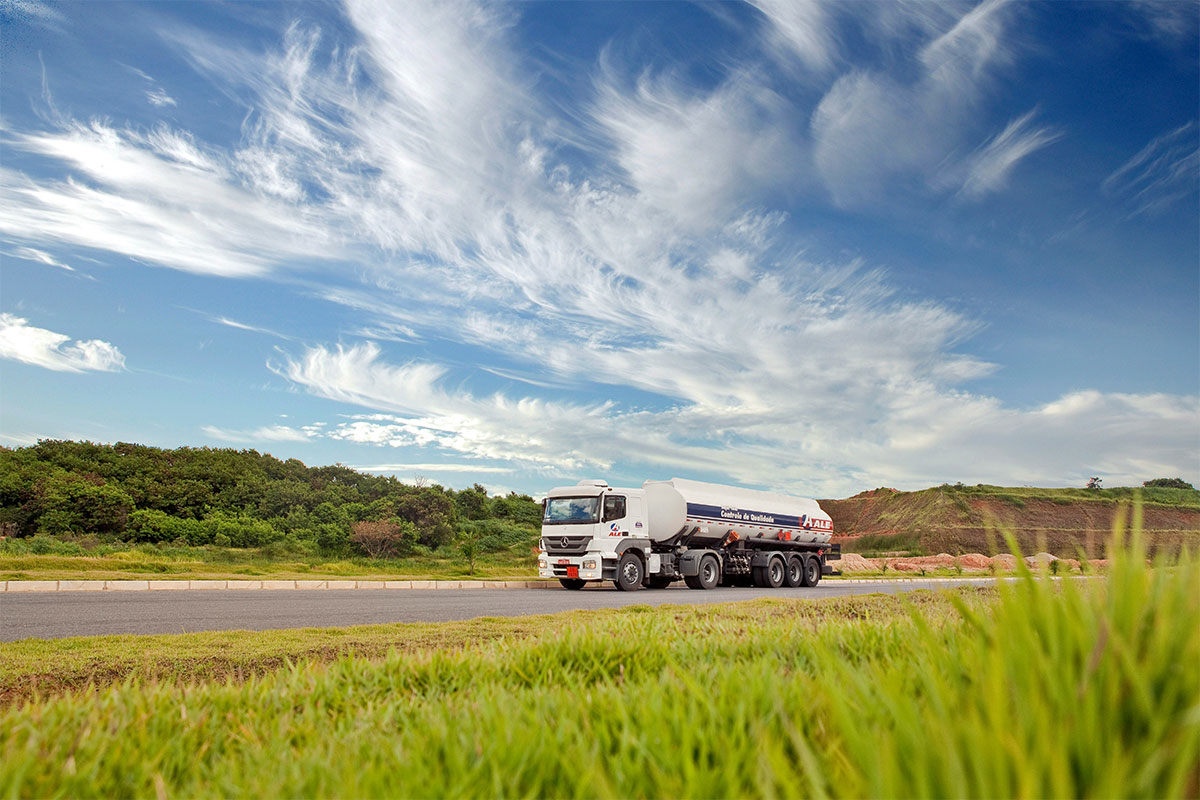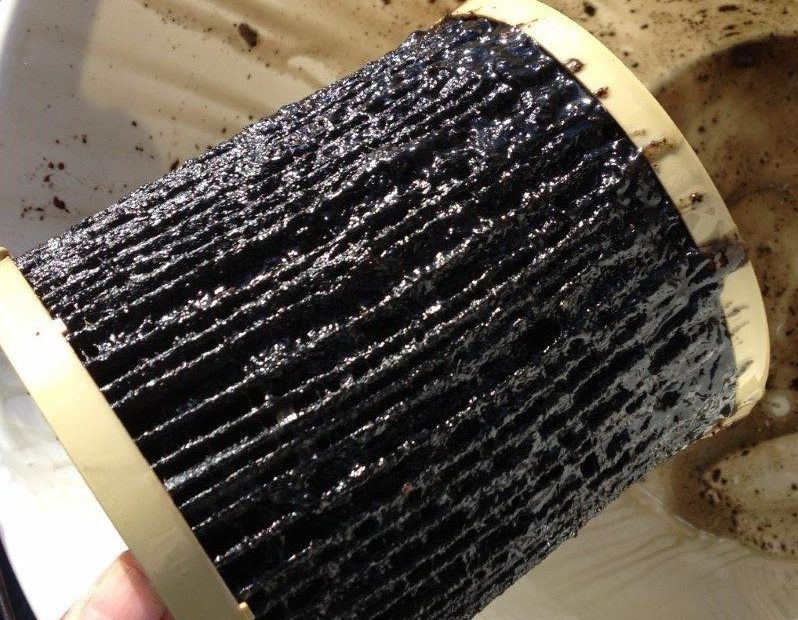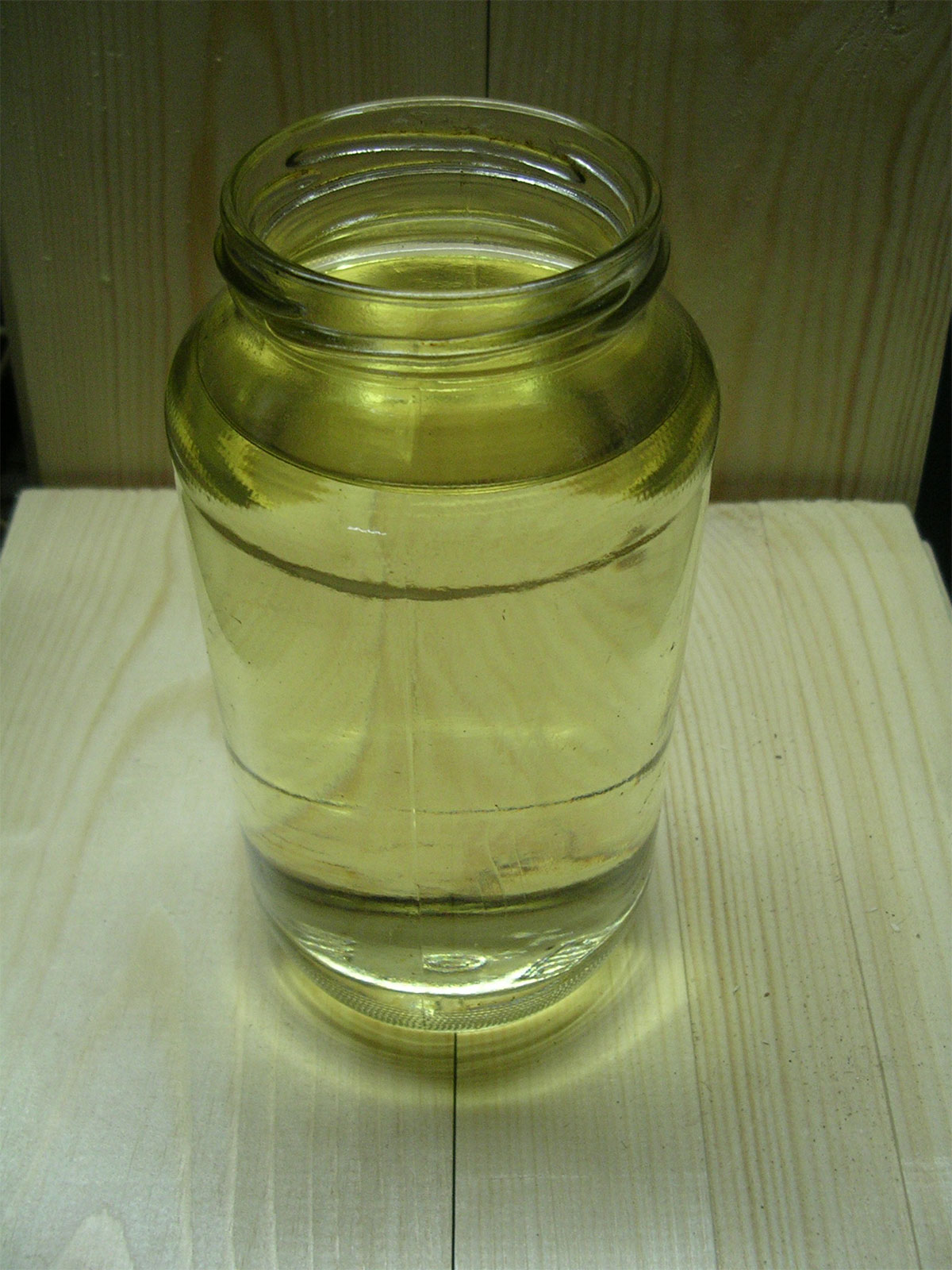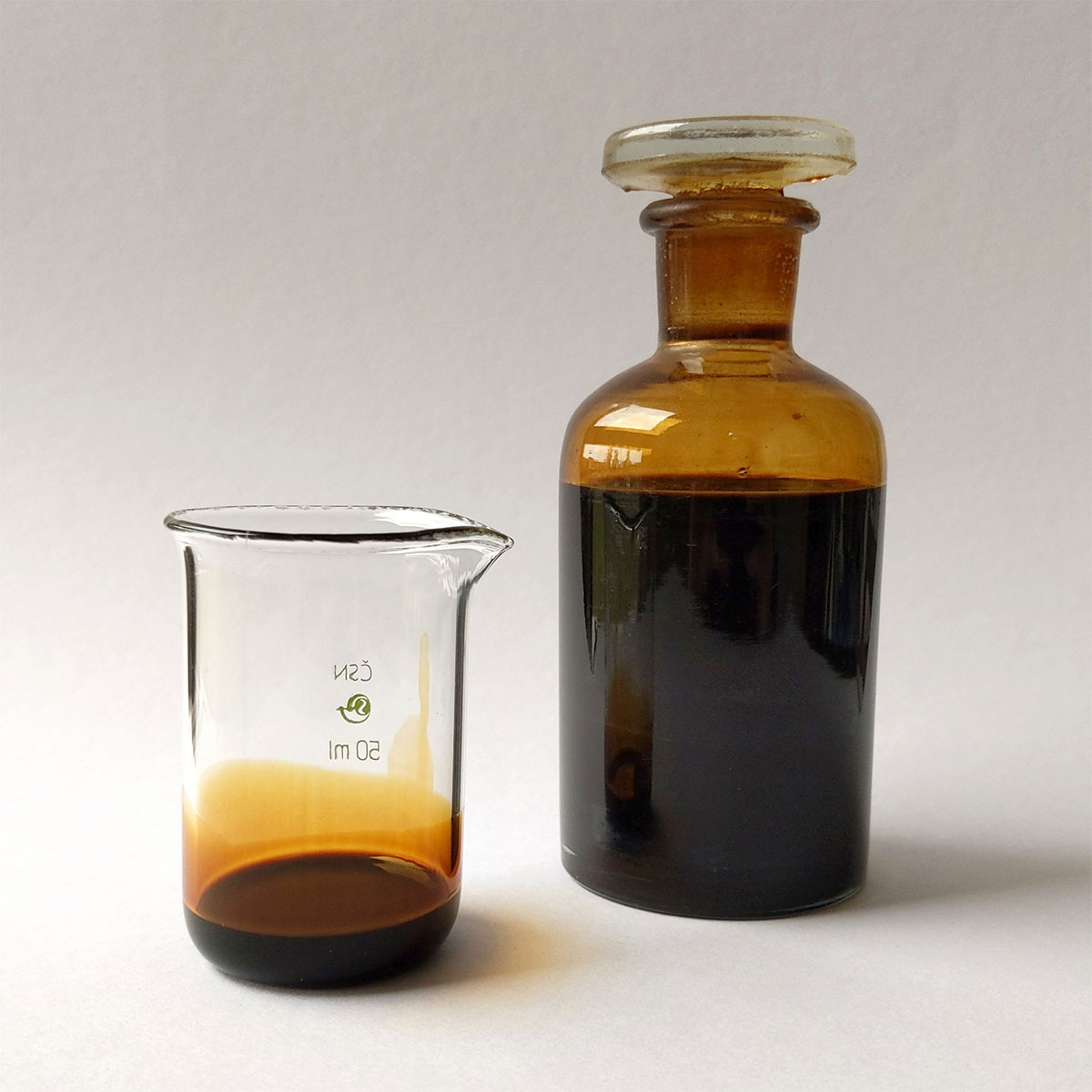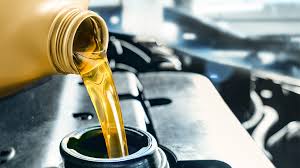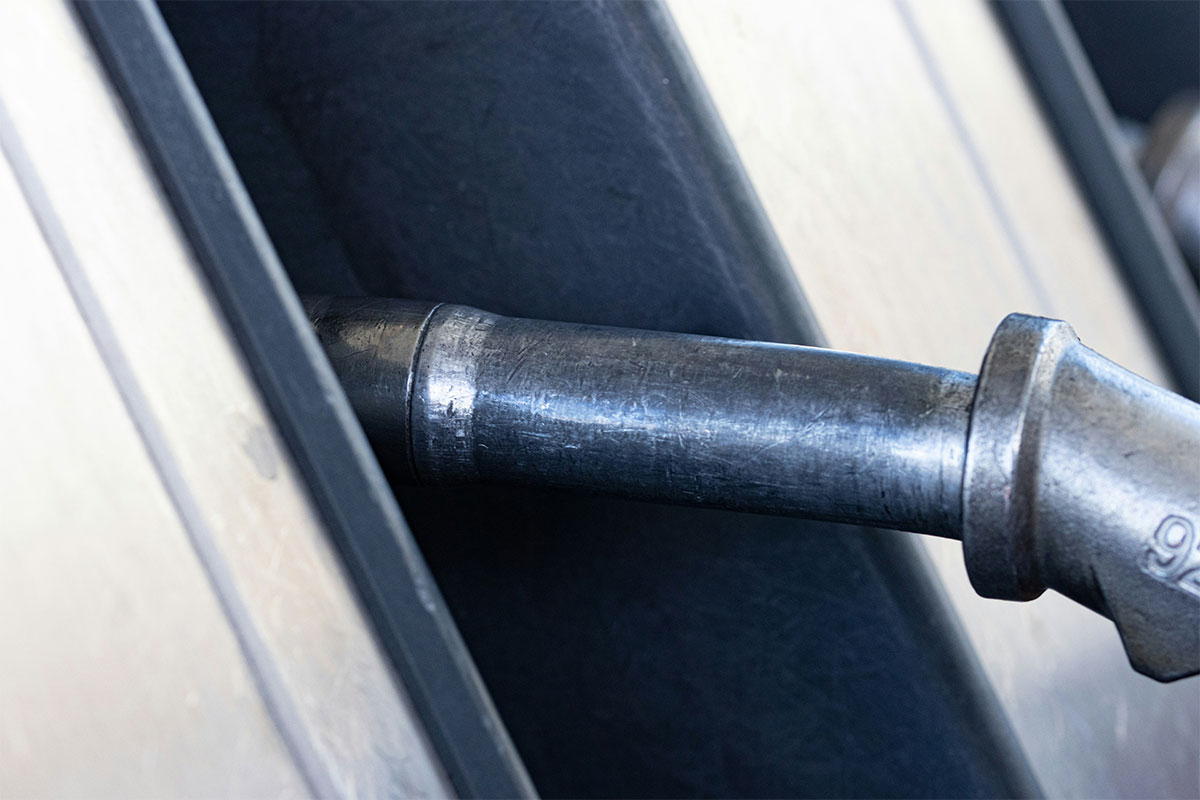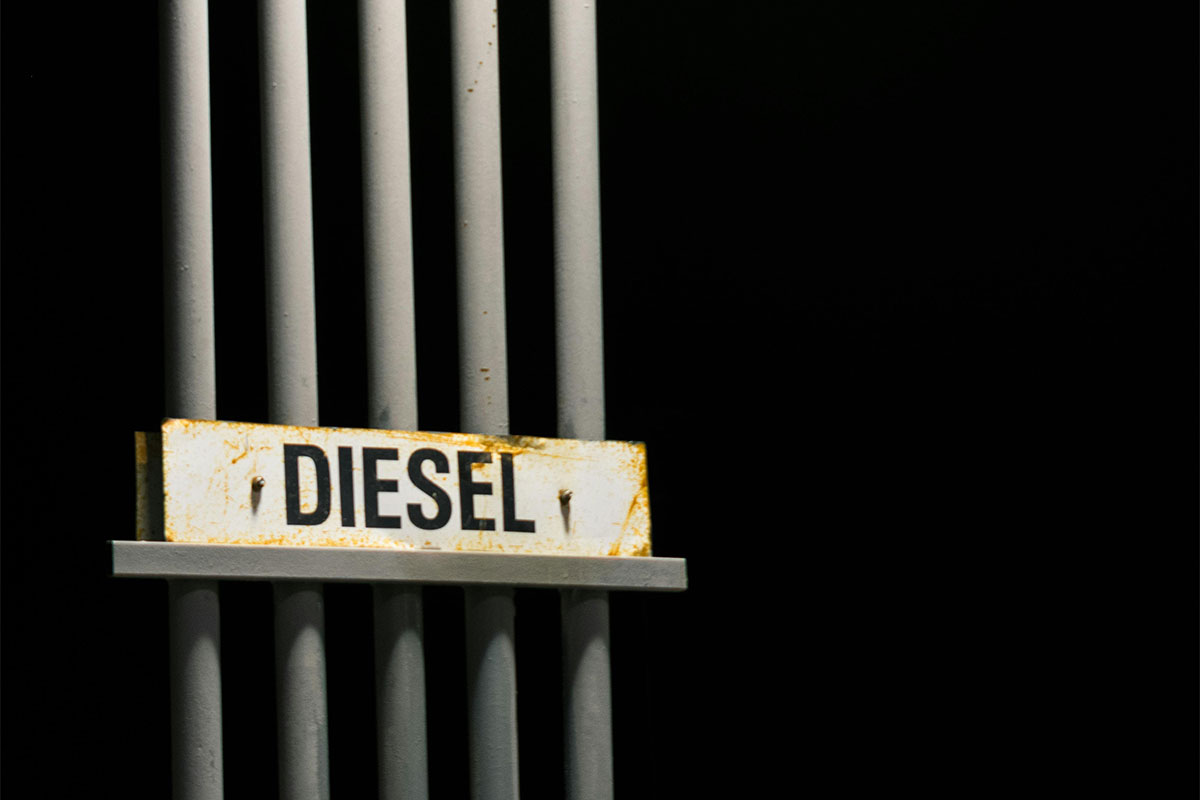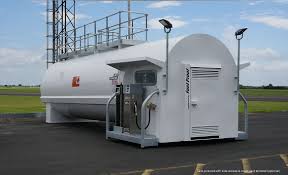Key Takeaways
- Wear protective gear at all times when performing a fuel drain
- Use the right tools for how to drain gas tanks safely and efficiently
- Responsible disposing of fuel to avoid environmental and legal issues
- Follow manufacturers guidelines on how to properly remove gas from tank
- Check for leaks after draining a fuel tank
Table of Contents
How To Drain Gas Tank
In order to drain a gas tank safely, first you need to park it in a well-ventilated area away from flames. Then you would use a siphon pump or fuel tank drain plug to drain the fuel without spills.
If you have contaminated fuel, or if you want to prepare your vehicle for storage, or even if you made an error and you are replacing the fuel with the correct type, knowing how to drain a fuel tank will prevent engine damage, improve performance, and extend the life of the fuel system.
When you’re draining fuel from a tank, make sure to wear gloves, wear goggles, have a fire extinguisher next to you, and store the fuel you have drained in certified containers. Following how to remove gas from a tank guidelines reduces the risk of environmental harm and legal issues.
How To Drain Gas Tank From A Boat Safely And Effectively
The first thing to do when trying to figure out how to drain a gas tank from a boat safely and efficiently is to identify if you have an inboard or outboard system. For the outboard systems, you have to locate the fuel tank drain pump, or use a marine rated pump. For outboards, you have to disconnect the fuel line before draining the fuel.
When you’re learning how to drain boat fuel tanks, you need to know that marine fuel lines differ from the ones in cars. So use an ethanol-resistant hose to drain fuel from a boat tank.
You also have to avoid water contamination by keeping the pump intake above the tank bottom until it is nearly empty. When draining, proper ventilation is important. You have to keep hatches open and run blowers in order to clear fumes.
Draining a Gas Tank? Don’t Risk Spills or Damage.
Whether it’s a car, boat, or motorcycle, draining fuel the wrong way can lead to messes, fire hazards, or costly repairs. Use our free step-by-step safety guide to drain your tank like a pro.
How To Remove Old Gas From A Boat Fuel Tank
If you notice that your fuel is darker, has a rancid odor, or that there is water in the fuel separator, then your fuel is stale and has to be drained. If you keep this fuel in your engine, it will damage the engine, clog the injectors, and corrode several components of the engine.
If you want to remove bad fuel from a boat, the first thing you have to do is put the boat in a ventilated area and turn off all electrical systems. Using a marine grade siphon pump or fuel drain system, remove the fuel and put it in a certified container. Make sure the fuel doesn’t spill, label all the containers properly, and dispose of fuel according to local regulations.
How To Drain A Fuel Tank Without Removing It
When trying to figure out how to drain a fuel tank without removing it, you have to use siphons and manual or electric pumps. A siphon hose or fuel drainer allows you to access fuel through the filler neck or drain plug, minimizing messy disassembles
If you have tanks that are difficult to access, such as those of motorcycles, boats, and other vehicles, draining them without disassembling them prevents damage to the fuel lines and other components.
To ensure proper drainage, you can use gravity and position the tank in a way that permits the fuel to flow towards the draining point. While doing this, you have to avoid spilling the fuel.
Need the Right Tools to Remove Old Fuel?
From siphon pumps to safety goggles and containers, we’ve got everything you need to drain fuel safely and quickly—without damaging your tank or polluting your workspace.
How To Drain Gas Tank From A Car Without A Mess
In figuring out how to drain a gas tank from a car without a mess, you have to first locate the fuel tank drain plug, if there’s one. If there isn’t, send a siphon pump or manual fuel drainer through the filler neck. Work in a well-ventilated area and wear protective gear to prevent any hazards.
Before you drain fuel from your tank, remove the fuel pump fuse and run the engine till it stops to release pressure. By doing this you will avoid fuel sprays and damage to the system during fuel drain. This step is mostly necessary with modern fuel injection systems that maintain pressure in fuel lines
Work outdoors or use fans to disperse vapor. Make sure there are no sparks or fire sources nearby. And check for leaks after draining. Also ensure all fuel caps and lines are securely reinstalled to protect the vehicle systems.
How To Get Bad Gas Out Of A Car Safely
Bad gas can be recognized through its odor that is sour and rancid, and also through its color that becomes darker. Bad gas will also cause your engine to stall, reduce power and may damage your engine leading to costly repairs.
To flush contaminated fuel, drain the tank completely, refill with fresh fuel, and run the engine to clear residues and prevent damage.
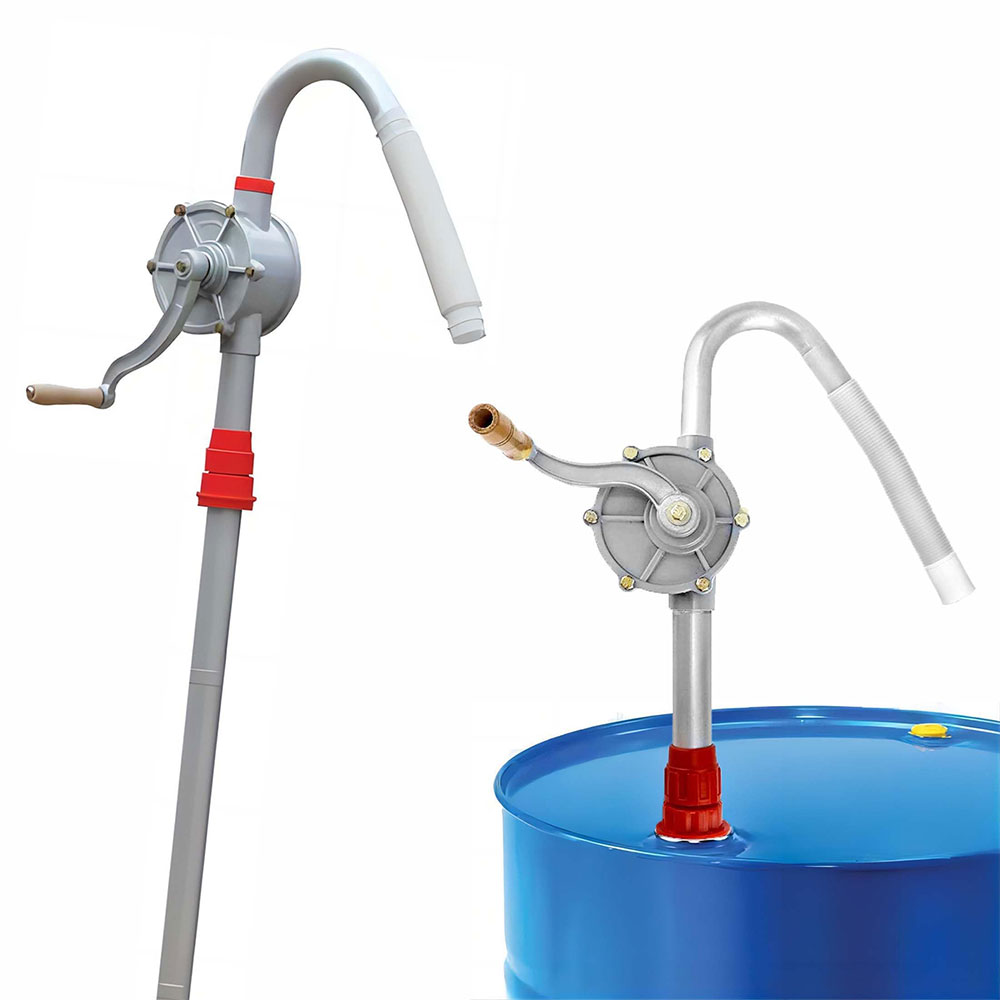
How To Drain Gas From A Fuel Injected Motorcycle
When draining gas from a fuel-injected motorcycle, you have to be extra careful, because the systems of these motorcycles operate under high pressure and have very sensitive components. If you handle them improperly, it will cause fuel leaks, it will damage the injectors, and this will lead to expensive repairs and high risk of hazards.
You first have to locate and disable the fuel pump relay to relieve pressure in the fuel lines before you drain the tank. Use a siphon pump or drain plug to remove the gas carefully. Make sure you do not introduce air into the system as it can cause air locks and engine starting issues.
When disconnecting fuel lines, make sure you do not damage seals, sensors or any electric connections. Use the manufacturer guidelines to protect the fuel injection system when you perform a fuel drain.
How To Drain Gas Tank From A Dirt Bike
To know how to drain the gas tank of a dirt bike, first you locate the petcock valve then you turn it to reserve or off. Detach the fuel line and incline the bike to let gravity pull the fuel completely into a certified container below. This simple fuel drain technique avoids pumps and minimizes spills.
The fuel tanks of dirt bikes are plastic, so they can be sensitive to chemicals and high heat. So how you drain gas from dirt bikes is by avoiding the use of aggressive substances or tools that can damage the material of the tank. Even if you’re dealing with metal tanks which are more durable, it is important to be careful and avoid corrosion or tank damage.
Unsure What to Do With Old Fuel After Draining?
Old gas can’t just go down the drain. Learn how to dispose of drained fuel legally and responsibly to protect the environment—and avoid fines.
How To Use A Manual Or Electric Pump To Drain A Gas Tank
To drain a tank, you can use a manual or electric pump, these are the differences;
| Feature | Manual Pump | Electric Pump |
|---|---|---|
| Efficiency | Slower, requires physical effort | Faster, automated pumping |
| Cost | Lower upfront cost | Higher initial investment |
| Safety | Less risk of sparks or electrical faults | Needs proper handling to avoid hazards |
Consider the following before choosing which pump to use;
- For personal use which will be occasional, a manual pump is better. It is cheaper and simple to use.
- If you’ll drain large tanks frequently, an electric pump is the best option.
- Always use pumps that are certified to be safe.
At Elan Fuels, we can provide you with professional grade siphon kits that are perfect for both DIY and professional use. If you want to drain a tank efficiently, having the right equipment is always an advantage. Head to our site to order a kit and get delivered rapidly.
How To Make A Homemade Siphon To Drain Gas Tank
These are some simple tools needed to drain a fuel tank:
| Simple Tools Needed | Purpose |
|---|---|
| Siphon pump or hose | To draw fuel out of the tank |
| Fuel-safe container | To safely collect drained fuel |
| Gloves | To protect hands from fuel exposure |
| Safety goggles | To protect eyes from splashes |
| Funnel | To pour fuel safely into containers |
| Rags or absorbent cloths | To clean up any spills |
Follow this step-by-step guide on how to use your DIY siphon to drain a fuel tank;
- Put on gloves and safety goggles.
- Insert siphon hose into the fuel tank filler neck.
- Place the other end of the hose into the fuel-safe container.
- Use the pump bulb or create suction to start fuel flow.
- Monitor fuel flow and stop when the tank is empty or desired amount drained.
- Seal the container and clean up any spills immediately.
Always work outside or in a well ventilated place, use protective gear and ensure backflow protection to avoid inhaling hazards.
How To Clean Or Flush A Gas Tank After Draining
After draining a gas tank, and sediments, debris and rust remain, a fuel system flush has to be done. Flushing ensures protection of injectors, clean fuel delivery and a healthy engine.
To flush the fuel system, you mix a mild detergent or specialized fuel system cleaner with water and stir the mixture inside the tank before draining it out. Repeat this process until the tank is clean. If you notice any clogged fuel filters, replace them.
Use fuel injector cleaner or stabilizers to prevent future buildup.
What Tools And Safety Gear Are Needed To Drain A Gas Tank?
When you’re draining a gas tank, you need certified fuel containers to collect the drained fuel. You need siphon hoses, which are manual or electric, to extract fuel. And you need to protect your skin and your eyes using gloves and goggles.
Work in a well-ventilated space or outdoors and make sure there are no leaks. Have absorbent clothes to pick up any spills in case that happens. You have to also make sure there are no fire sources or sparks in your workspace.
With us, you can get a starter safety tool kit with bundled discounts for beginners. The kit includes gloves, goggles, siphon pump, and fuel containers, providing everything you need for safe, effective fuel drain.
How To Dispose Of Old Fuel After Draining A Tank
Old gas or gas drained from tanks is considered in many parts of the world as hazardous waste. So it must be disposed of at certified facilities in order to avoid environmental issues.
You can find nearby hazardous waste disposal sites on Earth911’s Recycling Locator by entering your zip code or city. Never pour fuel down drains or on soil to protect waterways and comply with environmental laws.
What Are The Best Methods To Drain A Fuel Tank?
The tools available and the vehicle type determine the best methods to drain a fuel tank. For example, Siphoning uses a hose and pump to pull out fuel through the filler neck. This is perfect for fast, non-invasive drains. Drain plugs allow direct fuel release but require locating and accessing the plug. This is common in trucks and boats. Removing the fuel line provides full drainage but involves disconnecting fuel system parts, which may be risky, so it’s best done by mechanics or advanced users.
For vehicles without easy access to drain plugs, use siphoning, use drain plugs because it eases access to the tank and complete removal when absolutely necessary. Most cars will be able to work well with siphoning as it is the safest option



